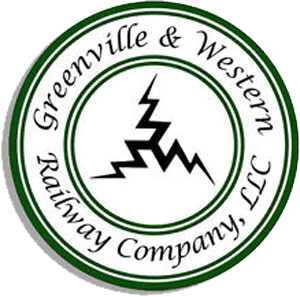





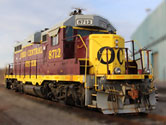
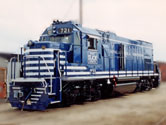


 |
Pickens Railway"Family Owned and Operated" |
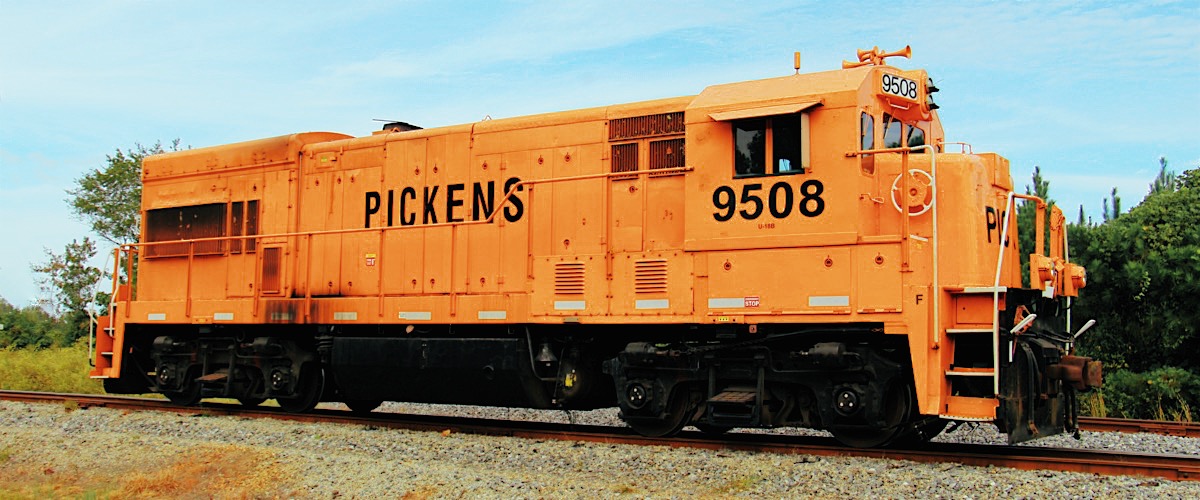
Belton, SC / Oct 2019 / RWH

The Pickens Railroad had a foreboding start. On its very first revenue run to Easley in 1898, the train derailed due to local kids wanting to see if placing spikes on top of the rails would cause something to happen. It did. The railroad, already in a precarious financial situation, would not turn a profit for another seven years in 1905. A few years later, in 1910 the railroad was briefly taken over the Southern -- although by the 1920s it returned to private ownership. The biggest change for the Pickens Railroad at the time occurred in 1939 when the Singer Manufacturing Company purchased the railroad to ship its product. What resulted in the purchase began as early as the 1920s when the sewing giant decided to build a large plant near Pickens. Over the years the company used the railroad increasingly to ship its finished products (as well as receive materials) and eventually decided it would be a very important asset.
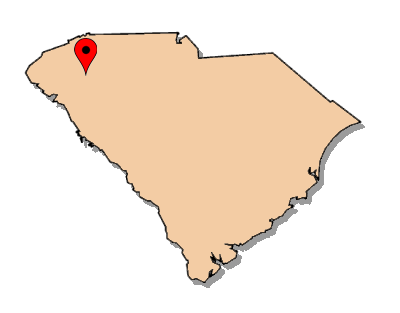 The original Pickens Railroad (PICK) operated freight service from a Norfolk Southern (former Southern Railway) connection at Easely, South Carolina to Pickens, 9.9 miles to the west. The company was chartered in 1892 to build a 19 mile line from Easley to Olenoy Gap by way of Pickens.
The line was opened as far as Pickens by 1898. Passenger service ceased in 1928. In the 1920s, Singer Manufacturing located a sewing machine cabinet plant along the line, eventually becoming the largest customer and later its owner. In 1963 the line was sold to James Jones, who established a carshop online for rebuilding railroad cars. Jones sold the Pickens in 1973 to Philadelphia-based National Railway Utilization Company (NRUC), which expanded the carshop to build new freight cars. By 1996 the line had been sold again, this time to the Chattahoochee Locomotive Corp., which changed the name to the Pickens Railway. In 2013, with no more business on the original line, the tracks were pulled up after a century of railroad service and the Pickens to Easley route was converted to the rails-to-path Doodle Trail.
The original Pickens Railroad (PICK) operated freight service from a Norfolk Southern (former Southern Railway) connection at Easely, South Carolina to Pickens, 9.9 miles to the west. The company was chartered in 1892 to build a 19 mile line from Easley to Olenoy Gap by way of Pickens.
The line was opened as far as Pickens by 1898. Passenger service ceased in 1928. In the 1920s, Singer Manufacturing located a sewing machine cabinet plant along the line, eventually becoming the largest customer and later its owner. In 1963 the line was sold to James Jones, who established a carshop online for rebuilding railroad cars. Jones sold the Pickens in 1973 to Philadelphia-based National Railway Utilization Company (NRUC), which expanded the carshop to build new freight cars. By 1996 the line had been sold again, this time to the Chattahoochee Locomotive Corp., which changed the name to the Pickens Railway. In 2013, with no more business on the original line, the tracks were pulled up after a century of railroad service and the Pickens to Easley route was converted to the rails-to-path Doodle Trail.
In 1991, Norfolk Southern leased its Belton to Honea Path branchline to the Pickens under its "Thoroughbred Shortline Program." This second Pickens operation was stenciled PKHP. The Honea Path line was built in the 1840s by the Greenville & Columbia, eventually becoming part of the Southern Railway. A few years later, the Pickens expanded further by leasing the line from Belton west to Anderson, also from Norfolk Southern. This east-west line was built in the 1840s as part of the Blue Ridge Railway. Included in the lease was Anderson-area trackage to the south of the city that had belonged to CSX Transportation, previously owned by the Piedmont & Northern and Charleston & Western Carolina. Today on the entirety this second route the Pickens handles kaolin, limestone, synthetic rubber, rubber processing oil, plastics, silica, scrap metal, paper, scrap paper, bird feed ingredients, farm supplies, and electrical equipment. Interchange is with Norfolk Southern at Anderson and shortline Greenville & Western Railway south of Belton. A new office and shop facility has been built near the end of the line south of Anderson.
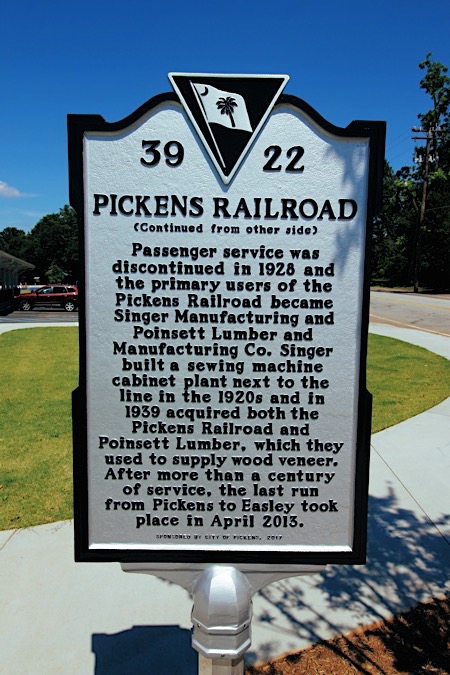
Pickens, SC / Jun 2019 / RWH
In 1991, Norfolk Southern leased its Belton to Honea Path branchline to the Pickens under its "Thoroughbred Shortline Program." This second Pickens operation was stenciled PKHP. The Honea Path line was built in the 1840s by the Greenville & Columbia, eventually becoming part of the Southern Railway. A few years later, the Pickens expanded further by leasing the line from Belton west to Anderson, also from Norfolk Southern. This east-west line was built in the 1840s as part of the Blue Ridge Railway. Included in the lease was Anderson-area trackage to the south of the city that had belonged to CSX Transportation, previously owned by the Piedmont & Northern and Charleston & Western Carolina. Today on the entirety this second route the Pickens handles kaolin, limestone, synthetic rubber, rubber processing oil, plastics, silica, scrap metal, paper, scrap paper, bird feed ingredients, farm supplies, and electrical equipment. Interchange is with Norfolk Southern at Anderson and shortline Greenville & Western Railway south of Belton. A new office and shop facility has been built near the end of the line south of Anderson.

1910 Official Guide ad / collection

1955 Official Guide ad / collection

1968 Official Guide ad / collection
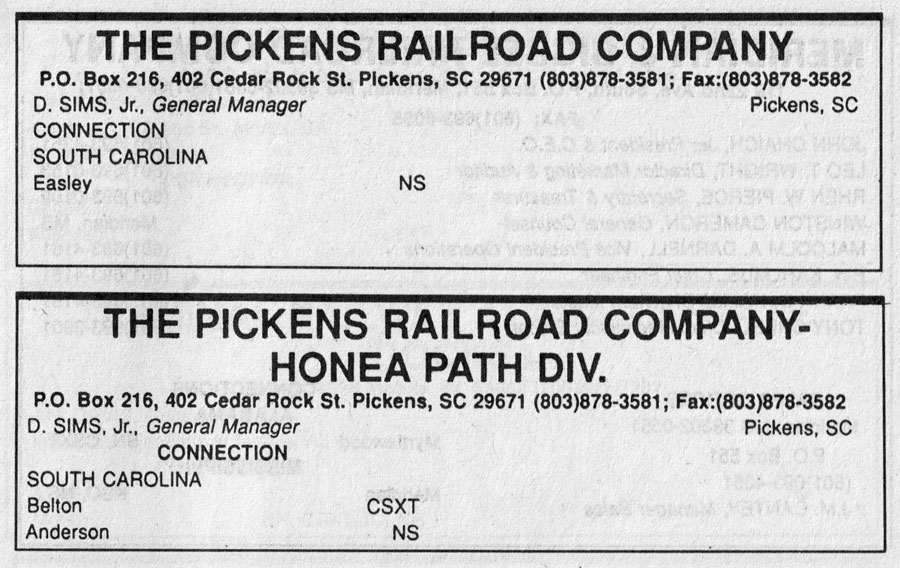
1994 Official Guide ad / collection
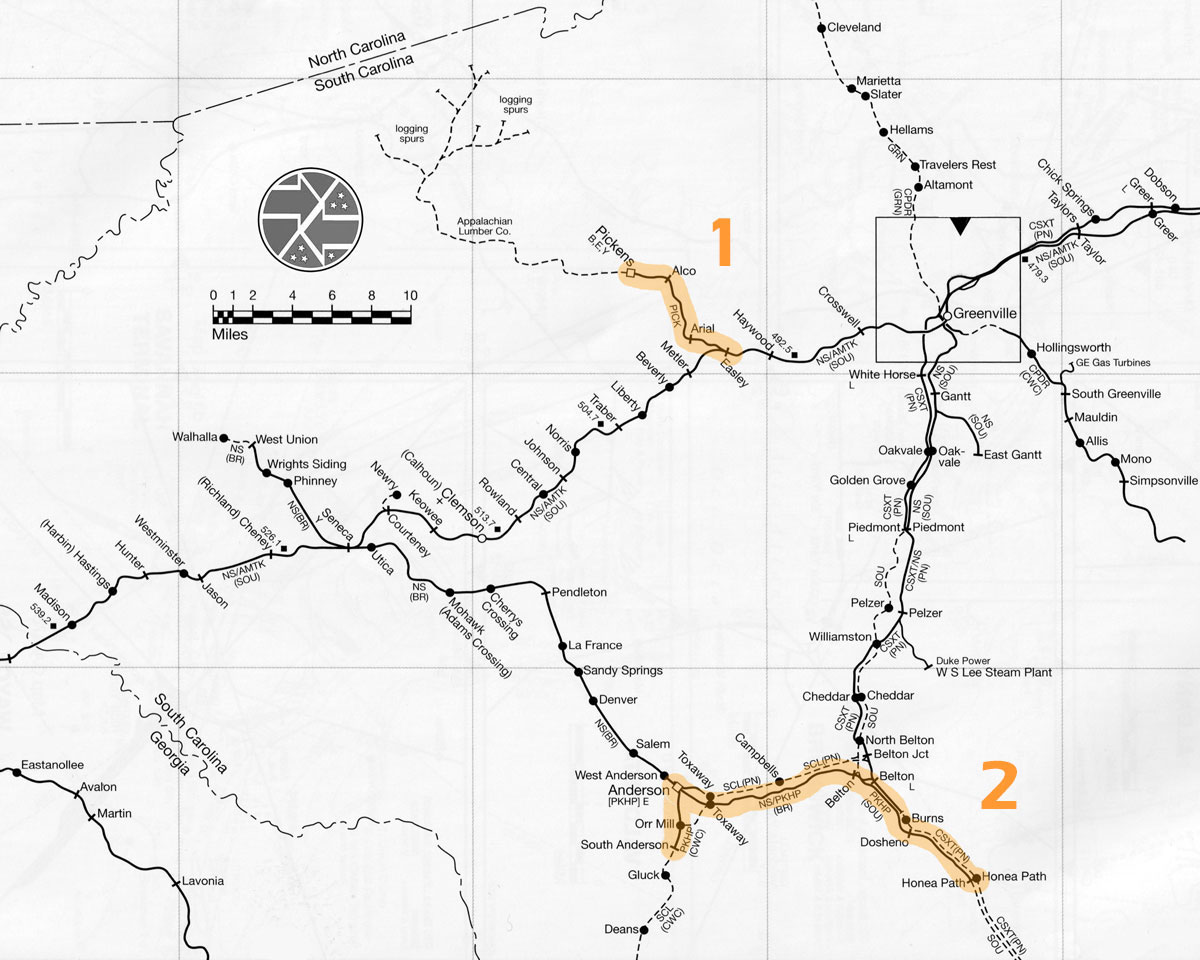
Pickens routes map / RWH
| listen in |  |
161.28000 |
Motive Power
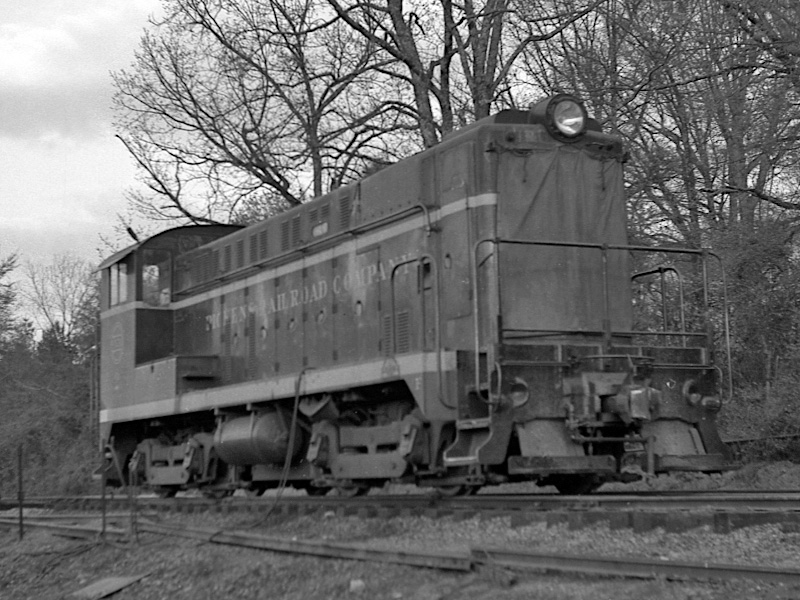
Pickens #2
Pickens, SC / Apr 1970 / JCH


Pickens Railway #2
to Pickens Railway #2
on display, Pickens SC
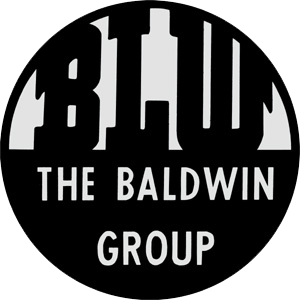
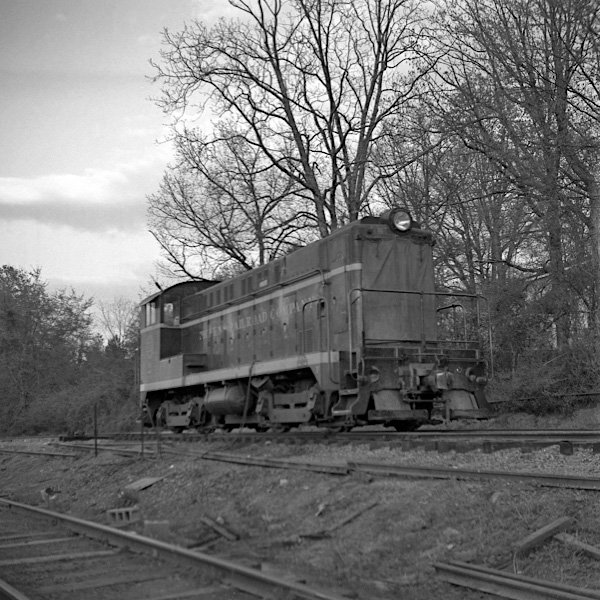
Pickens, SC / Apr 1970 / JCH

Pickens, SC / Apr 1970 / JCH
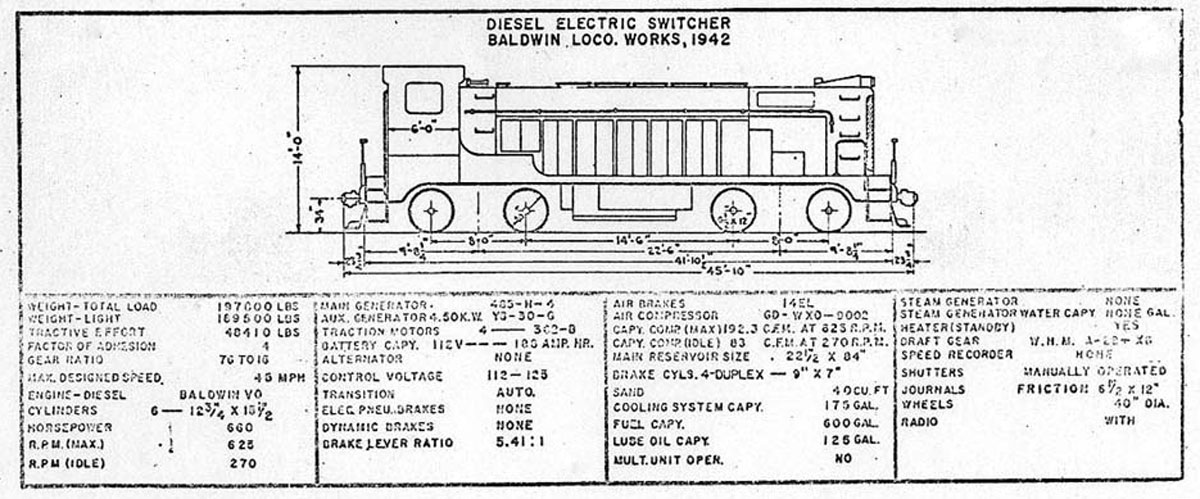
Baldwin VO660 specs / collection
The line dieselized in 1947 with a Baldwin VO-660 (built as Singer Manufacturing #2). It was numbered 2 and was later named T. Grady Welborn. The 2-6-2 steam engine was sidelined until 1955 when it was sold for scrap. Number 2 is still on the property on the original Pickens trackage but has been out of service for some time as a switcher for CLCX, Inc. as of 2009.
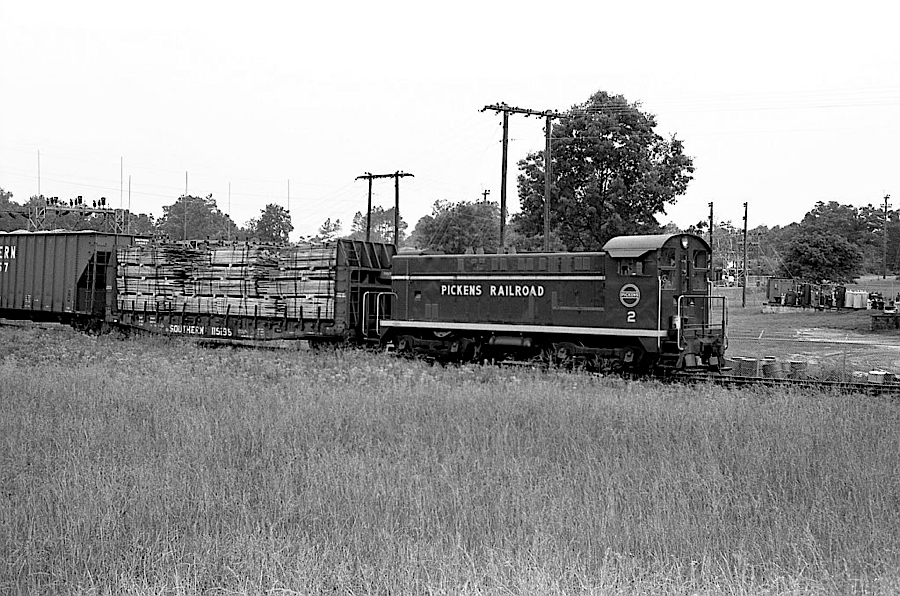
Pickens, SC / Jun 1973 / Doug Leffler
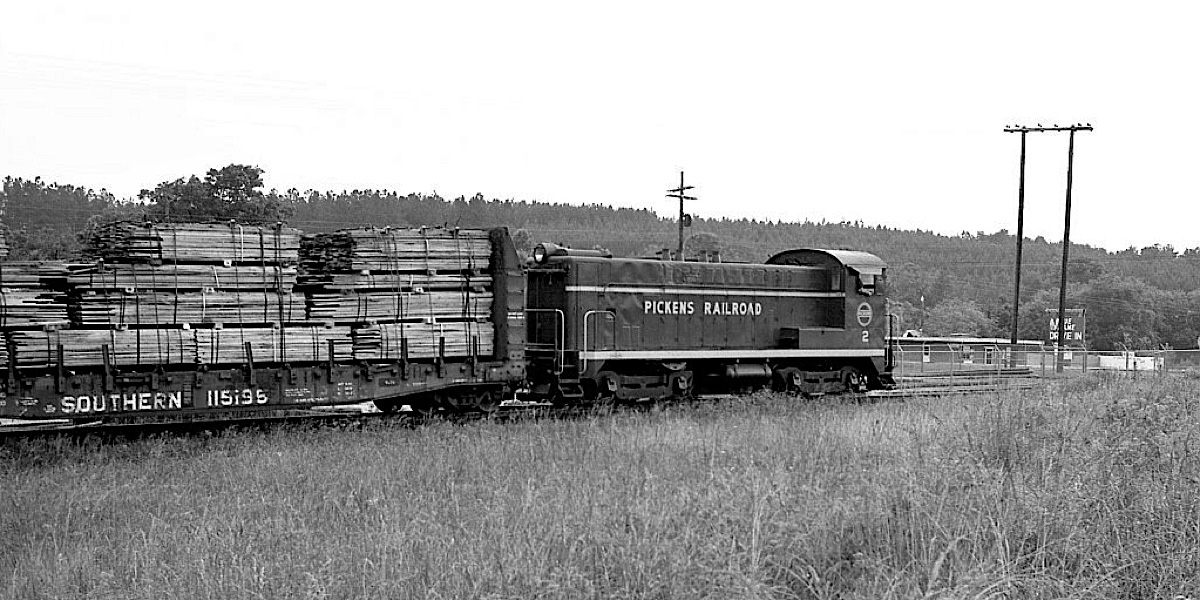
Pickens, SC / Jun 1973 / Doug Leffler
HawkinsRails thanks Michigan railfan Doug Leffler for use of his Pickens images on this page

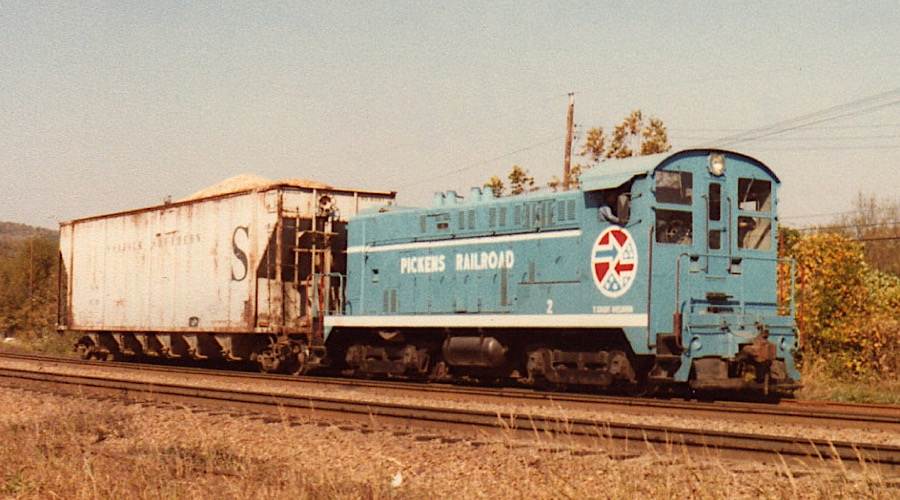
Easley, SC / Nov 1978 / Jim Owens

Pickens, SC / Jun 2019 / RWH
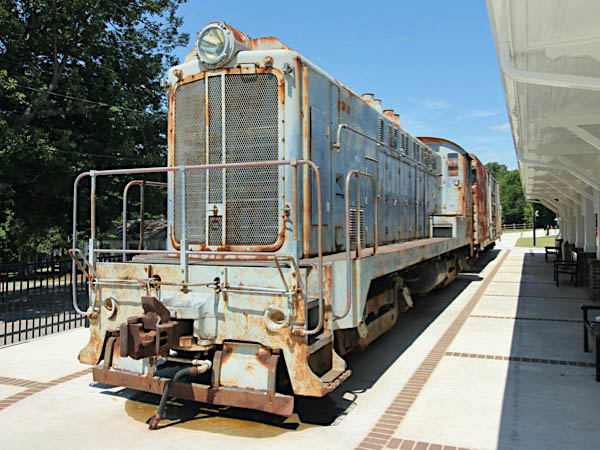
Pickens, SC / Jun 2019 / RWH
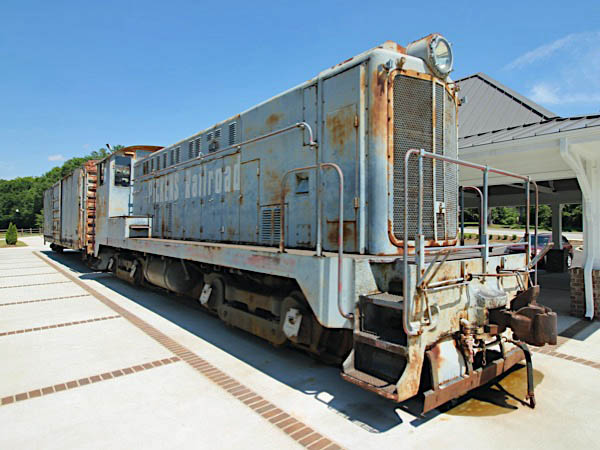
Pickens, SC / Jun 2019 / RWH

Jun 2019 / RWH
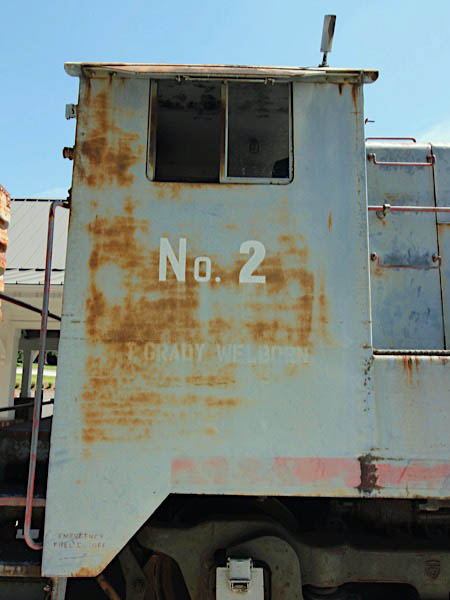
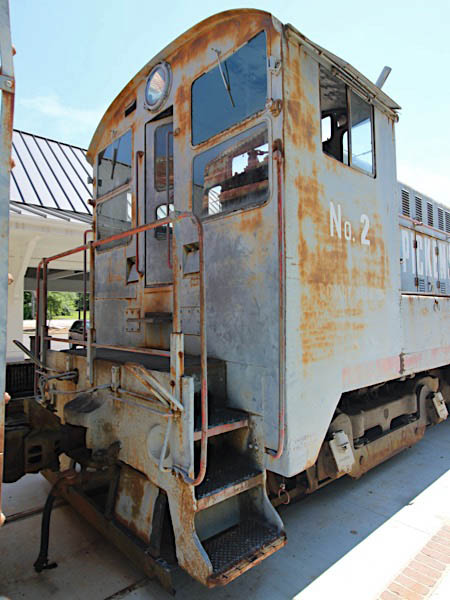
Jun 2019 / RWH
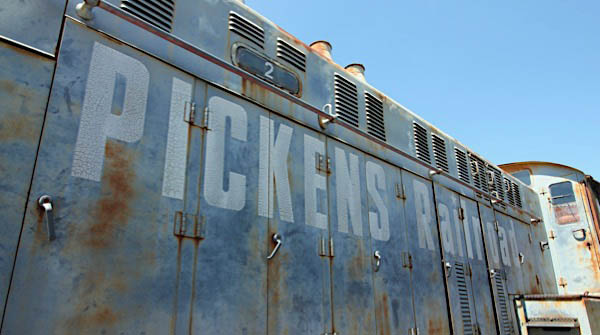
Jun 2019 / RWH

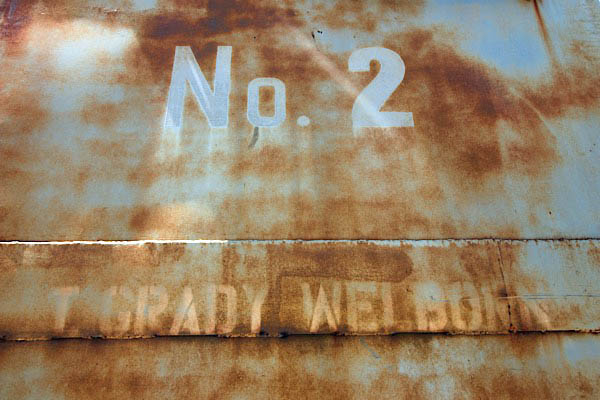

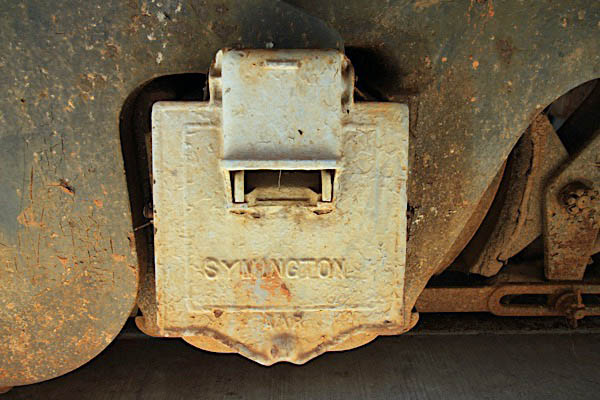
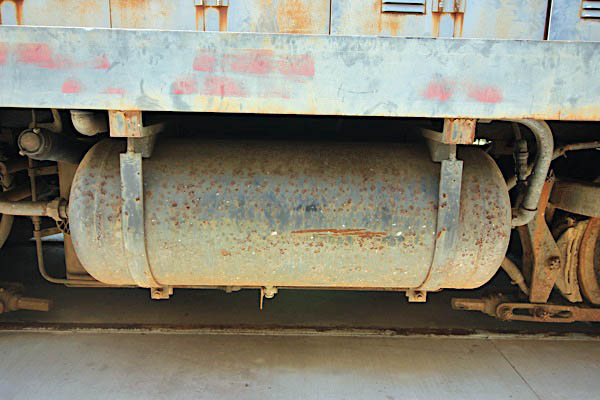


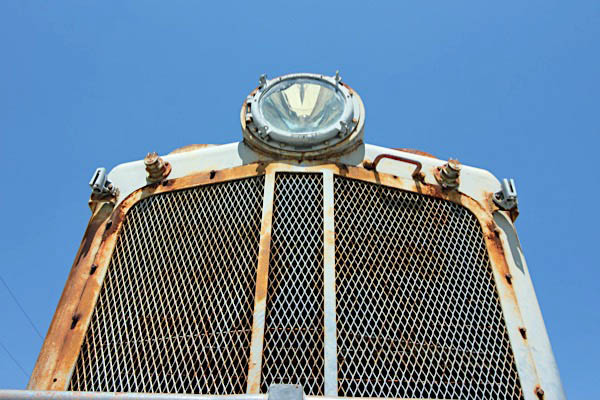
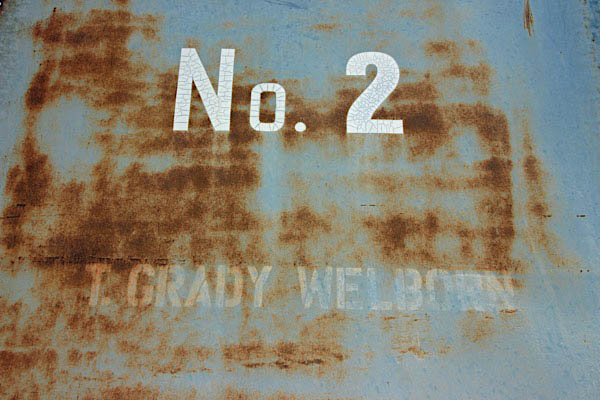
Jun 2019 / RWH
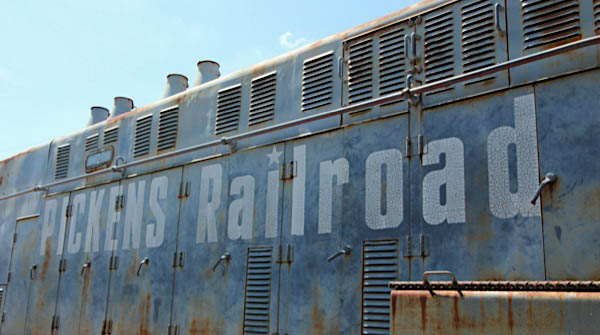
Jun 2019 / RWH

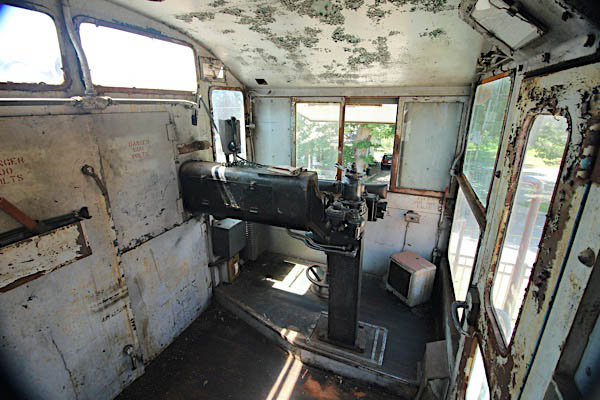
Jun 2019 / RWH
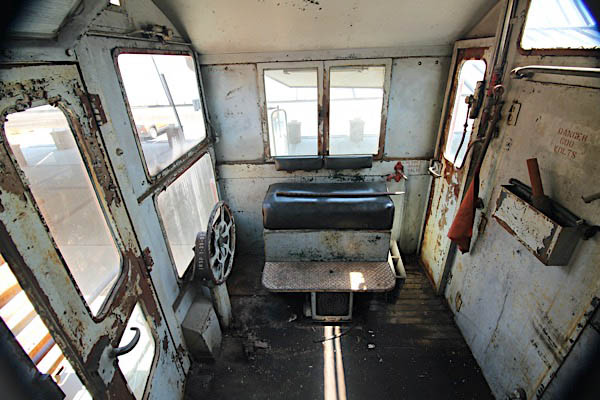
Jun 2019 / RWH

Jun 2019 / RWH
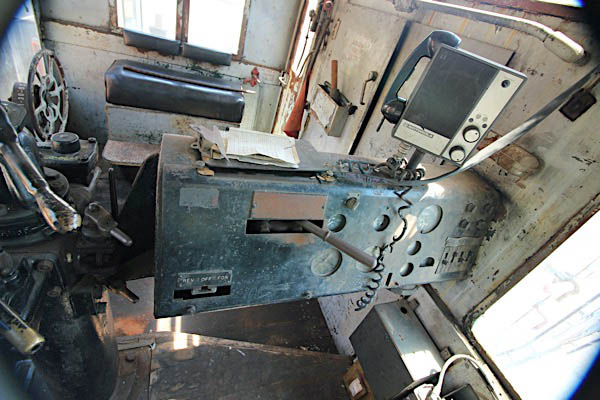
Jun 2019 / RWH

Jun 2019 / RWH
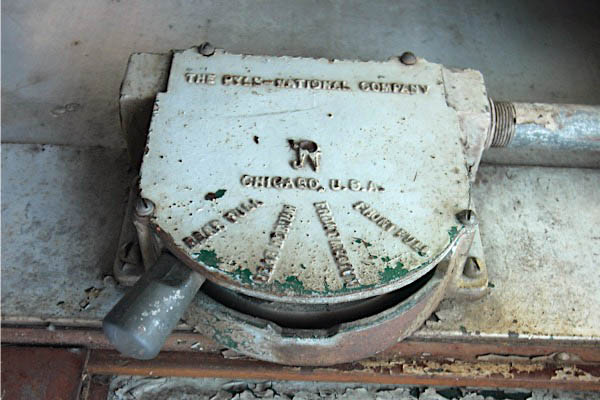
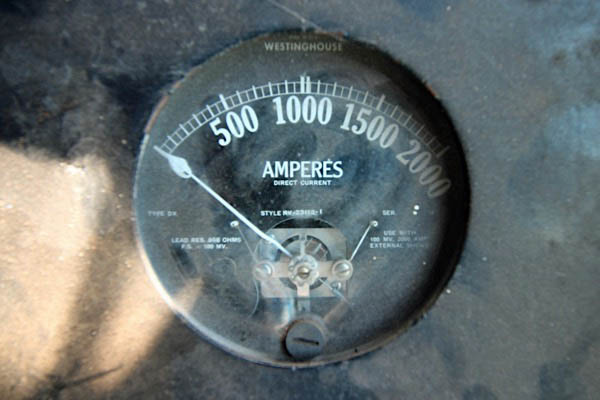
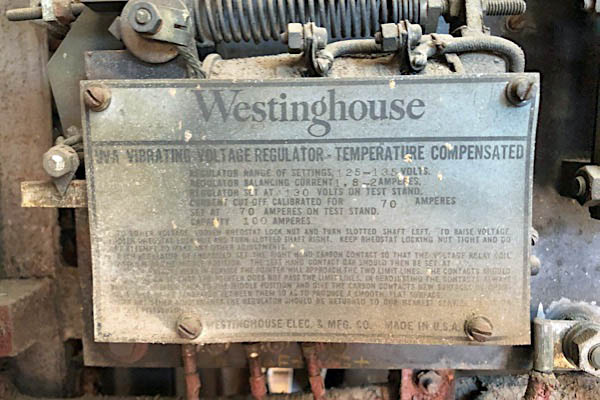
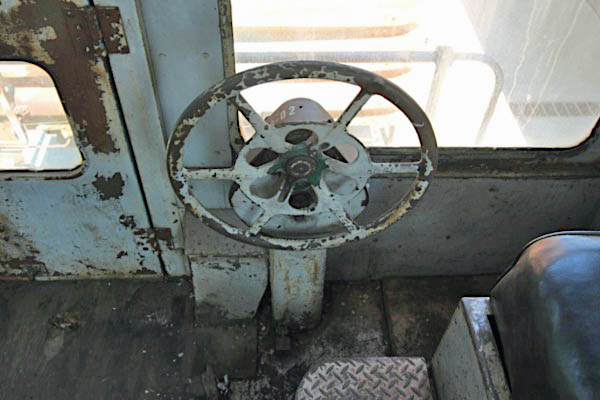

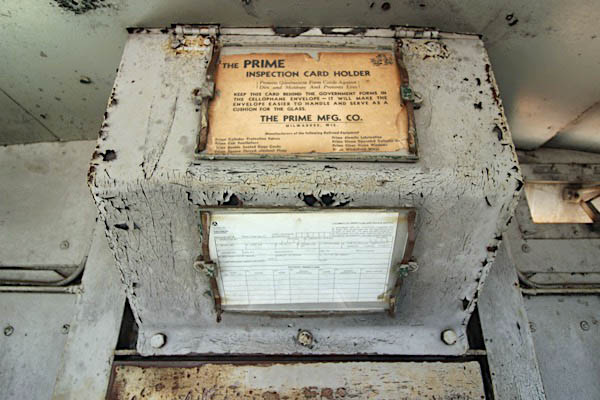
Pickens, SC / Jun 2019 / RWH

Pickens, SC / Jun 2019 / RWH
 EMC Winton-engined switchers
EMC Winton-engined switchers
Early Electro-Motive Corporation switchers were built with Winton 201-A engines. A total of 175 were built between February 1935 and January 1939. Two main series of locomotives were built, distinguished by engine size and output: the straight-8, 600 hp (450 kW) 'S' series, and the V12, 900 hp (670 kW) 'N' series. Both were offered with either one-piece cast underframes from General Steel Castings of Granite City, Illinois, denoted by 'C' after the power identifier, and fabricated, welded underframes built by EMC themselves, denoted by 'W'. This gave four model series: SC, SW, NC and NW.
The production S series locomotives are identical except for cast or welded underframes, which are identical to those used under the N-series 900 hp (670 kW) locomotives. The hood on the S series is shorter, and the locomotives have a characteristic, rounded-edged "satchel" in front of the radiator. The straight-8 600 hp (450 kW) Winton 201-A engine moved the exhaust stacks off-center to the engineer's left, while the N series' were central. The Winton-engined switchers can be distinguished from later EMD 567-engined units by small louvres at the top front sides of their hoods, as well as top-of-hood ventilation through several lifting vents rather than the large top grille of those later units.
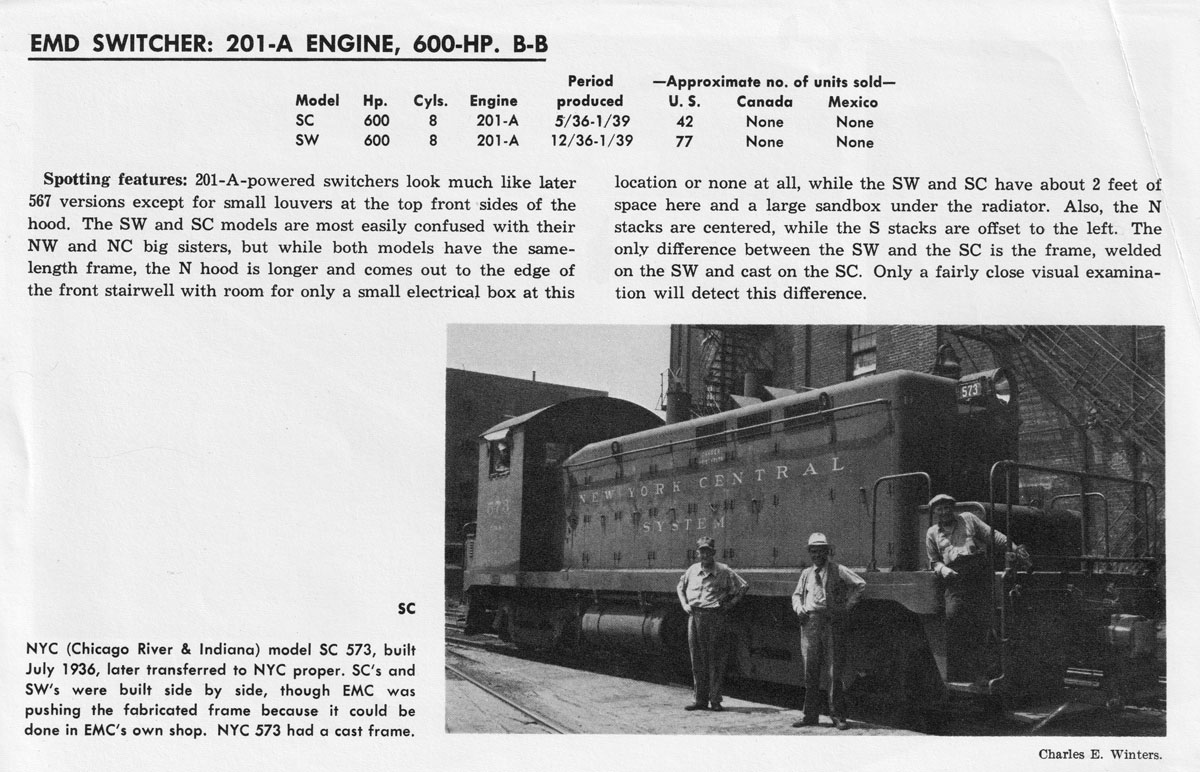
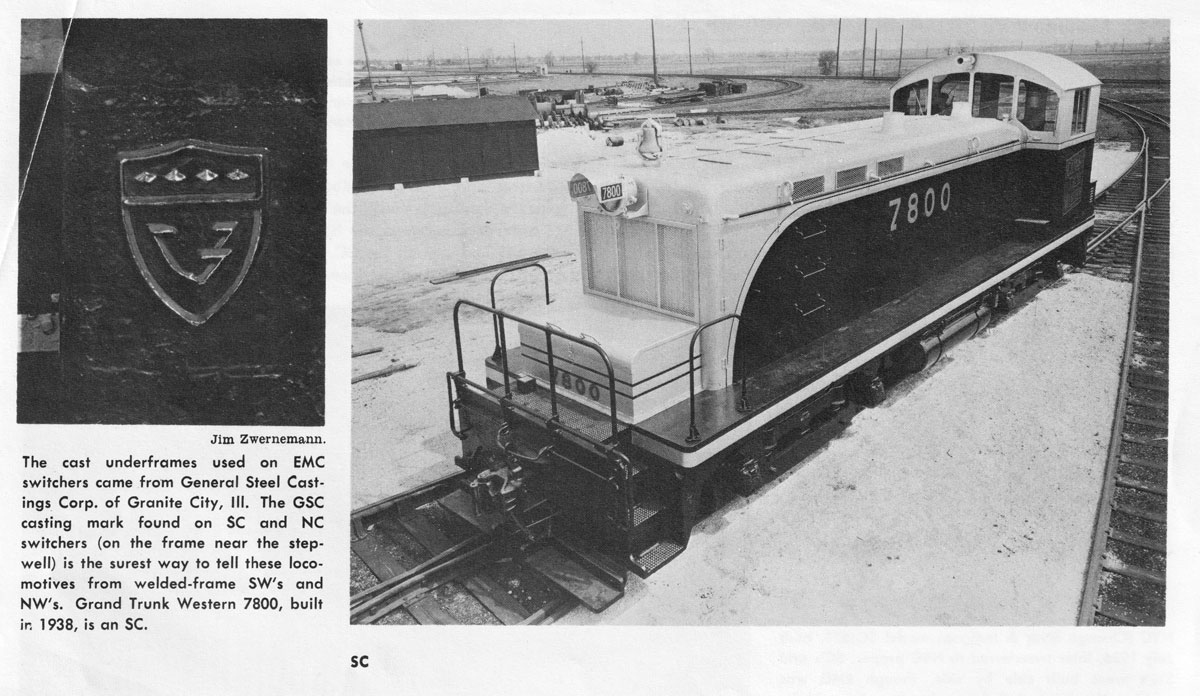
from The Second Diesel Spotter's Guide
/ collection
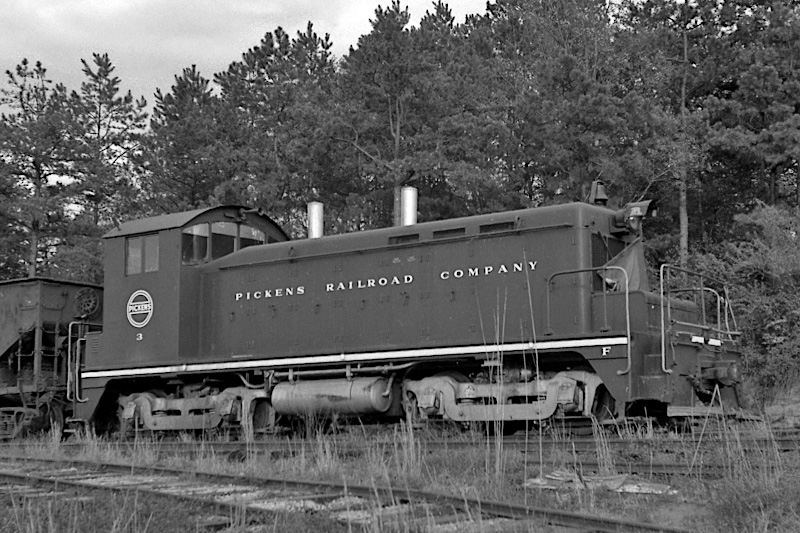
Pickens #3
Pickens, SC / Apr 1970 / JCH


Pickens Railway #3
ex Missouri Pacific #6005
to Pickens #3
to Duke Power, Cherokee Plant
to Thermal Belt Rwy #1

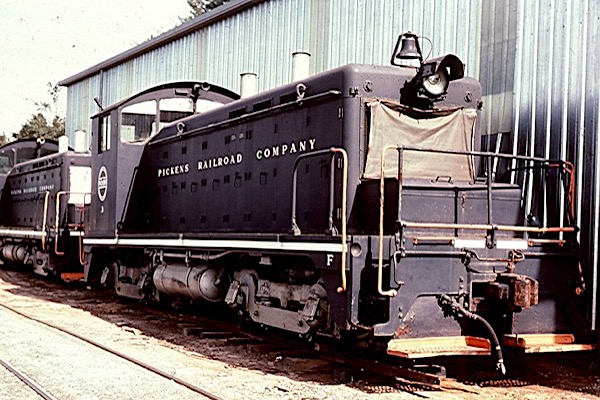
Pickens, SC / Jun 1977 / Stephie Kolata
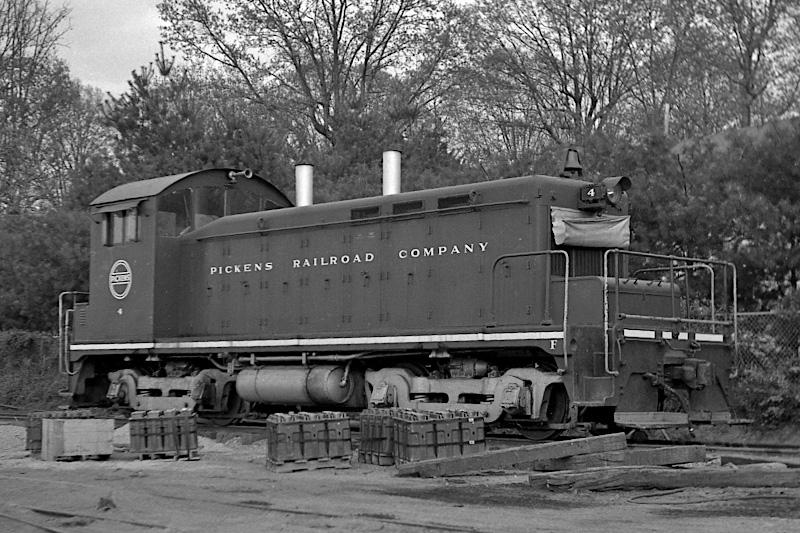
Pickens #4
Pickens, SC / Apr 1970 / JCH


Pickens Railway #4
to Pickens #4


Pickens, SC / Apr 1970 / JCH
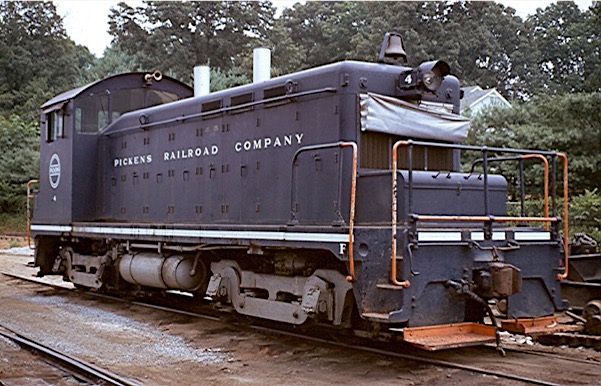
Pickens, SC / Jul 1977 / Stephie Kolata
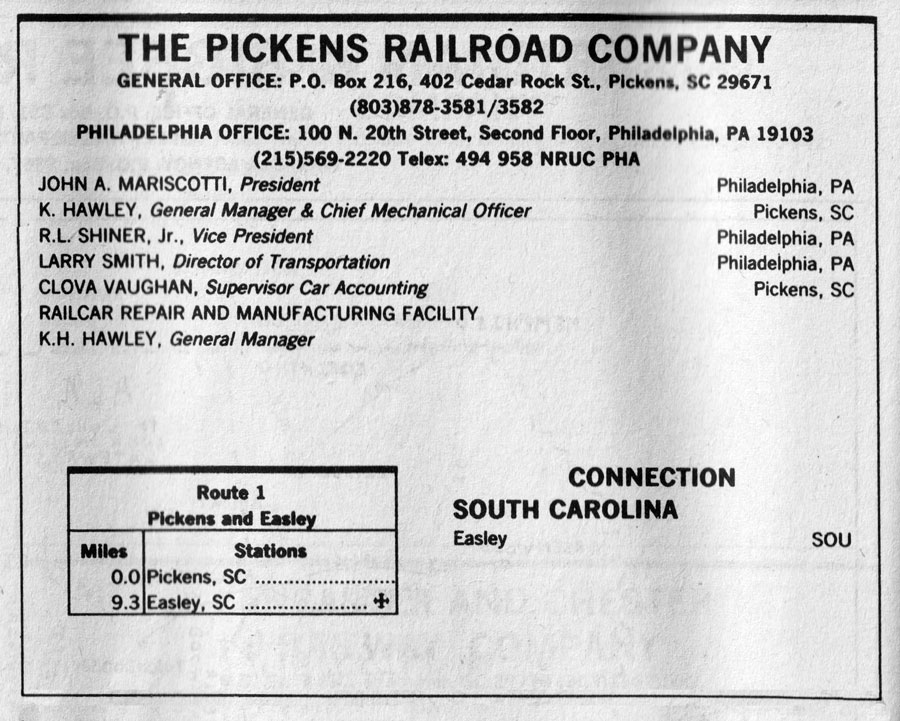
1988 Official Guide ad / collection
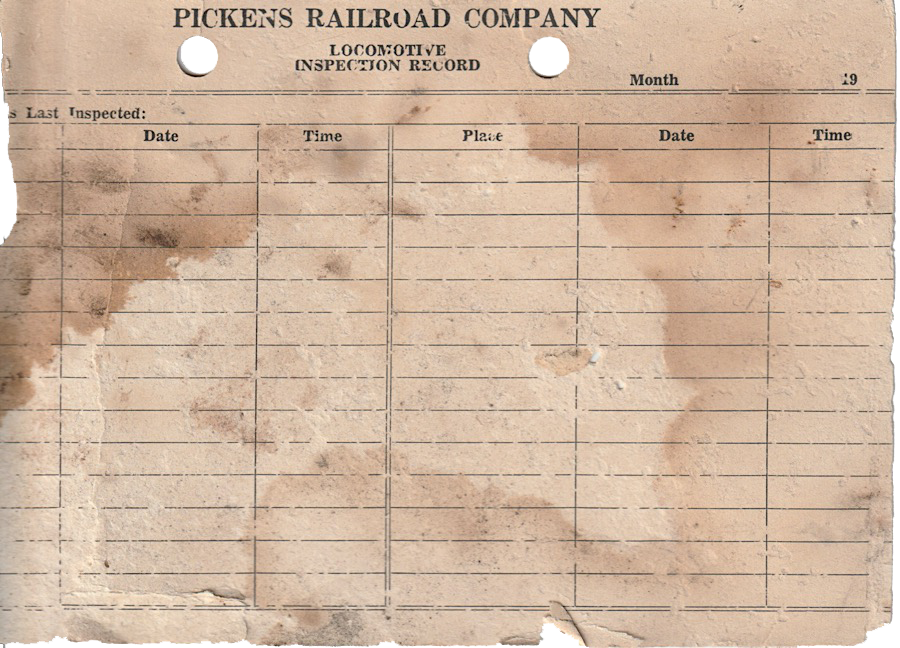
collection

Pickens #9508
Belton, SC / Oct 2019 / RWH


Pickens #9508
to CSX Transportation #1932
to Pickens Railway #9508

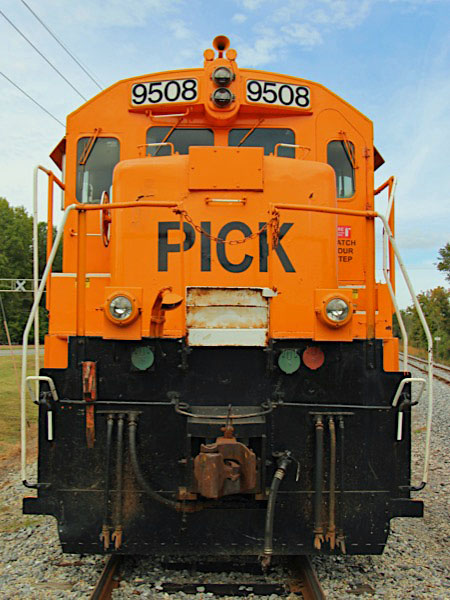
Oct 2019 / RWH
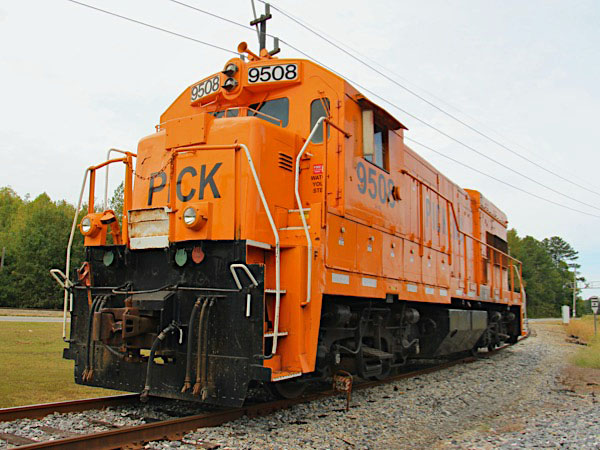
Belton, SC / Oct 2019 / RWH
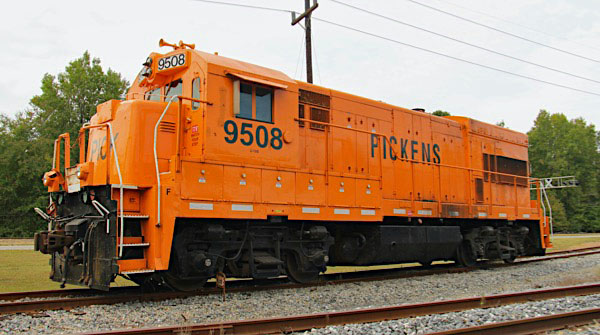
Belton, SC / Oct 2019 / RWH
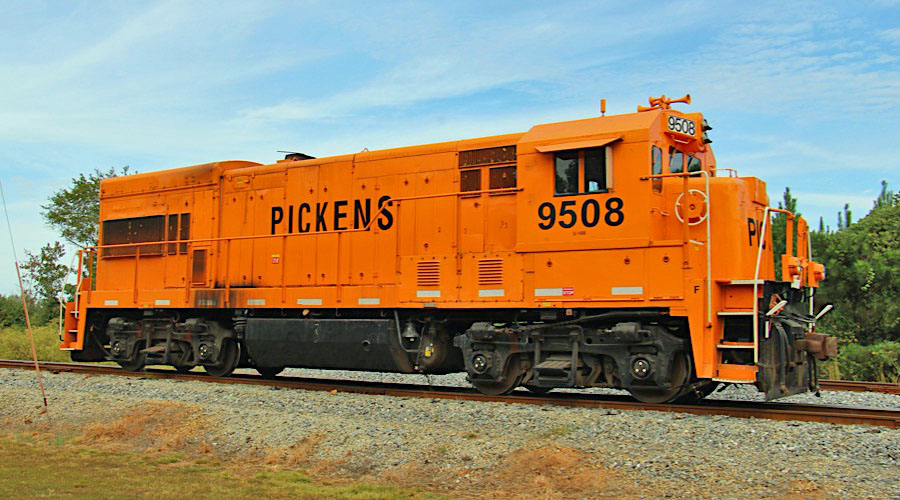
Belton, SC / Oct 2019 / RWH
 General Electric U18B
General Electric U18B

 The GE U18B diesel-electric locomotive was introduced by GE Transportation as a branch line road switcher in 1973. Easy to spot due to its relatively short length — 54 ft 8 in — it was the only North American locomotive powered by the 8-cylinder 7FDL engine.
The Seaboard Coast Line Railroad (SCL) bought 105 U18Bs, far more than the second-best U.S. customer, the Maine Central Railroad (MEC), which ordered 10. Most of the SCL and MEC U18Bs rode on refurbished Blomberg trucks, recycled from old EMD locomotives, making the U18B even more visually distinct from other GE locomotives.
Many railfans refer to the GE Universal Series locomotives as "U-Boats." Due to its smaller size, the U18B received the nickname "Baby Boat."
Not many U18Bs still exist, but some short-line railroads, such as the Pickens Railway, still have several U18Bs in everyday service.
GE included information about a B18-7 locomotive (which would have followed the U18B) in its 1978 "Series-7 Road Locomotives" service manual, but none of these updated units were ordered, sold, or built.
The GE U18B diesel-electric locomotive was introduced by GE Transportation as a branch line road switcher in 1973. Easy to spot due to its relatively short length — 54 ft 8 in — it was the only North American locomotive powered by the 8-cylinder 7FDL engine.
The Seaboard Coast Line Railroad (SCL) bought 105 U18Bs, far more than the second-best U.S. customer, the Maine Central Railroad (MEC), which ordered 10. Most of the SCL and MEC U18Bs rode on refurbished Blomberg trucks, recycled from old EMD locomotives, making the U18B even more visually distinct from other GE locomotives.
Many railfans refer to the GE Universal Series locomotives as "U-Boats." Due to its smaller size, the U18B received the nickname "Baby Boat."
Not many U18Bs still exist, but some short-line railroads, such as the Pickens Railway, still have several U18Bs in everyday service.
GE included information about a B18-7 locomotive (which would have followed the U18B) in its 1978 "Series-7 Road Locomotives" service manual, but none of these updated units were ordered, sold, or built.
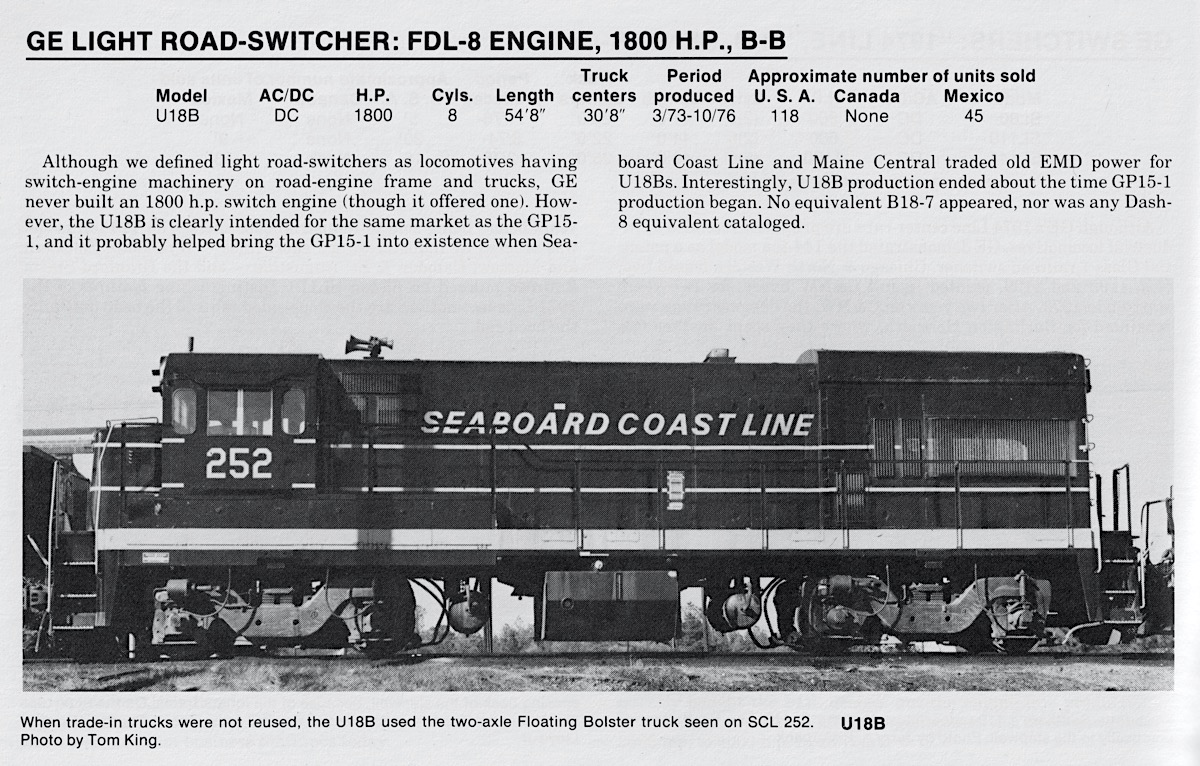

from The Contemporary Diesel Spotter's Guide
/ collection
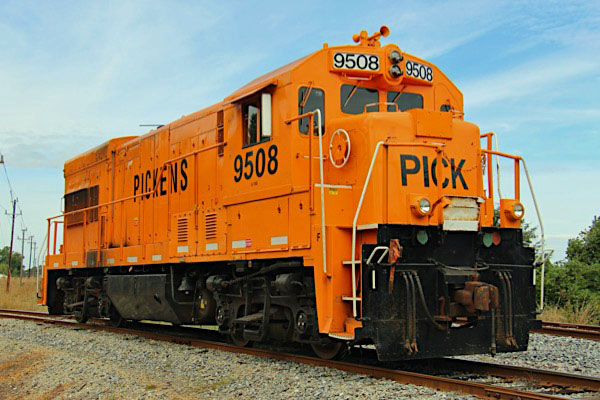
Belton, SC / Oct 2019 / RWH
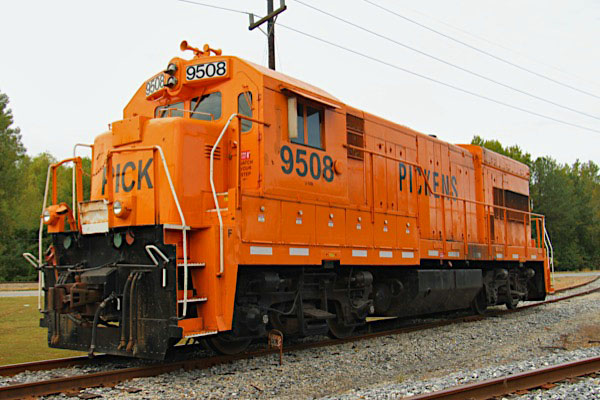
Belton, SC / Oct 2019 / RWH
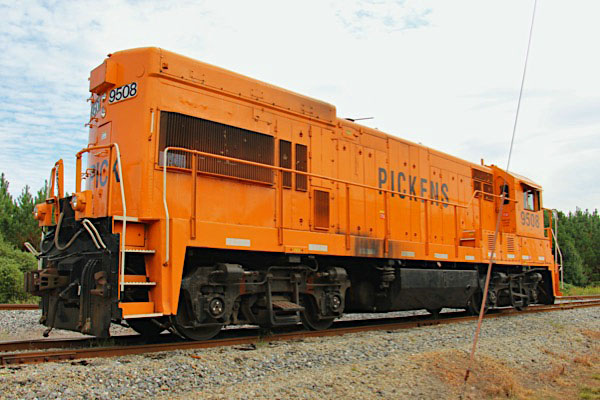
Belton, SC / Oct 2019 / RWH
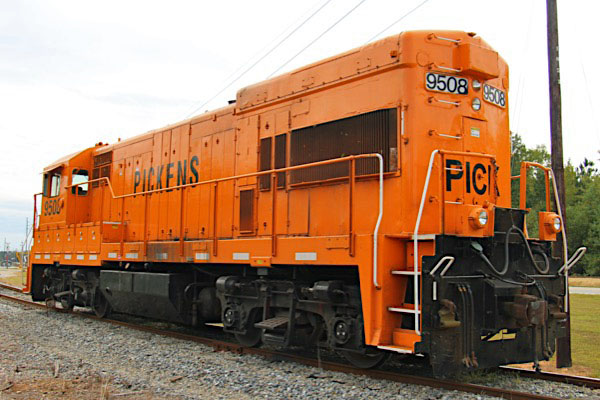
Belton, SC / Oct 2019 / RWH
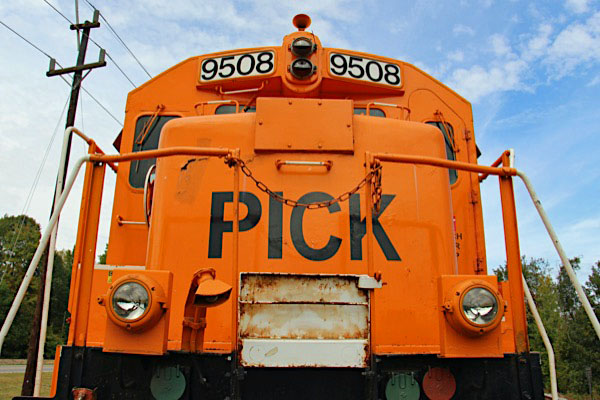

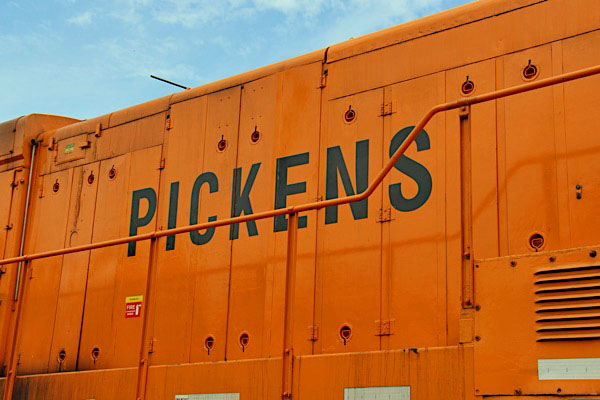
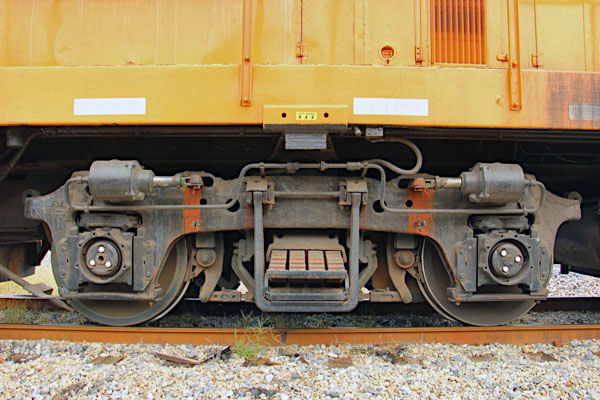
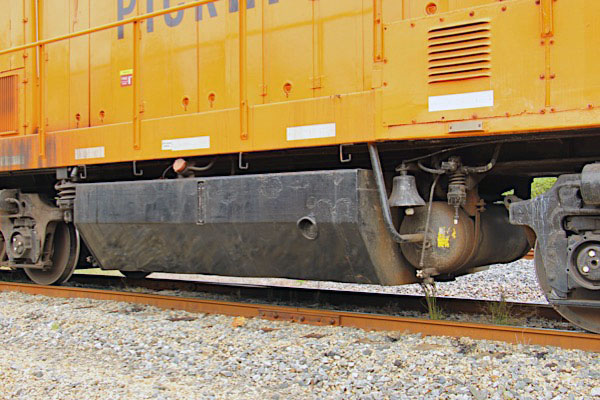
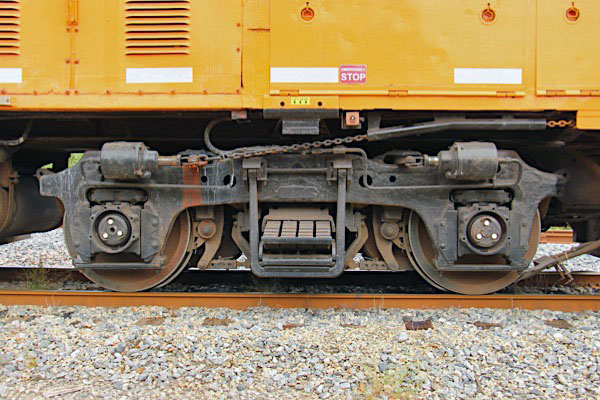
Oct 2019 / RWH
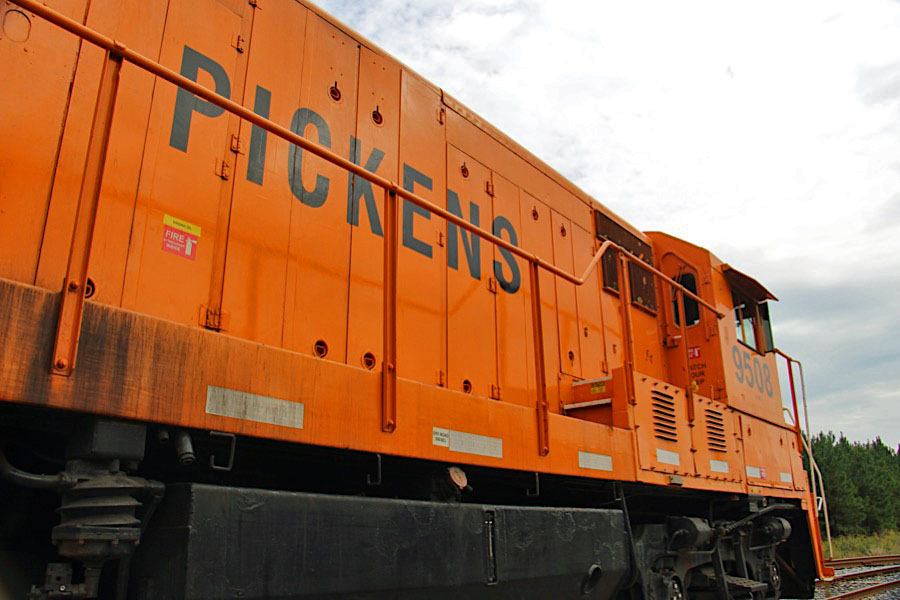
Belton, SC / Oct 2019 / RWH
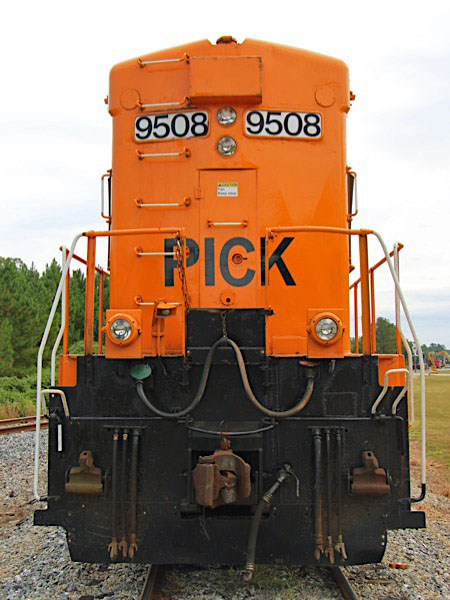
Oct 2019 / RWH
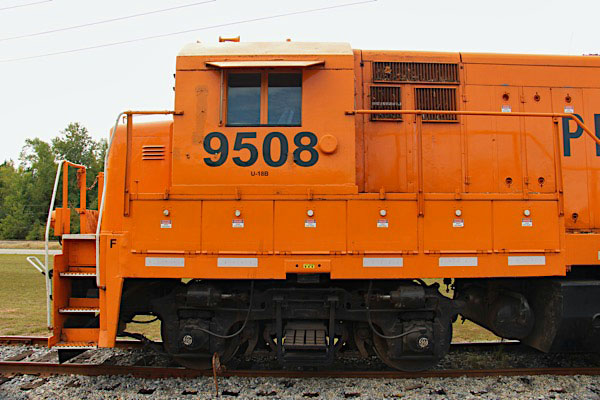

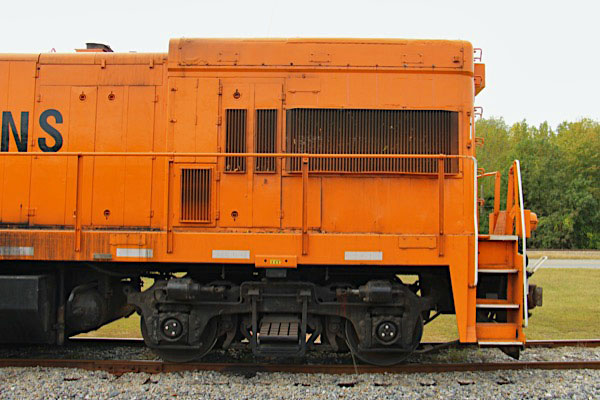
Oct 2019 / RWH
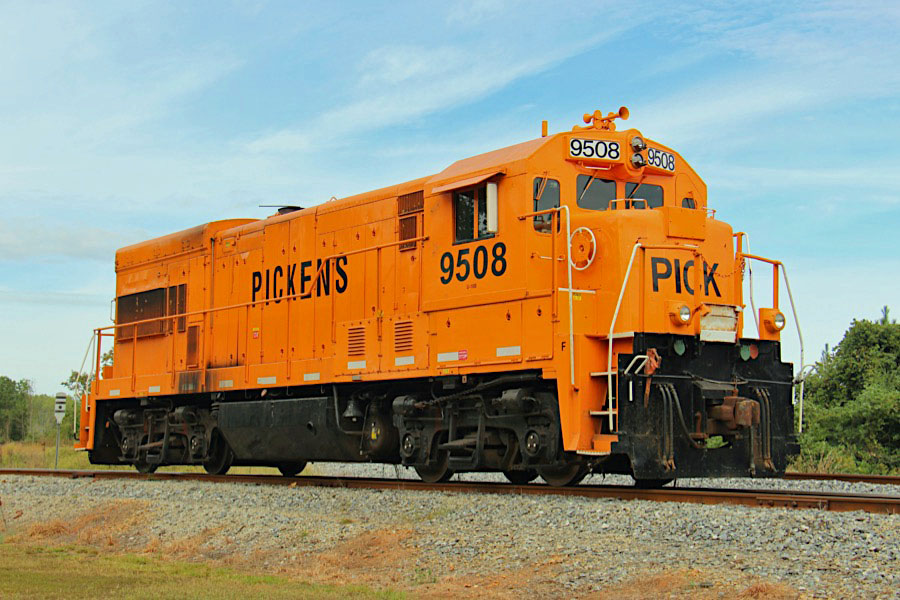
Belton, SC / Oct 2019 / RWH
Locations

1982 Official Guide ad / collection
 Pickens
Pickens

 Tucked in the foothills of the Blue Ridge Mountains, the City of Pickens offers residents and visitors a wide array of interesting, fun and exciting activities, from shopping and eating, to biking, to enjoying the natural resources, community events, and cultural activities that abound. Here you will find people who value family, friends and a relaxed lifestyle. In Pickens, you become part of the community.
Tucked in the foothills of the Blue Ridge Mountains, the City of Pickens offers residents and visitors a wide array of interesting, fun and exciting activities, from shopping and eating, to biking, to enjoying the natural resources, community events, and cultural activities that abound. Here you will find people who value family, friends and a relaxed lifestyle. In Pickens, you become part of the community.

Pickens, SC / Jun 2019 / RWH

Click to see the Pickens depot area plotted on a Google Maps page

Pickens, SC / Jun 2019 / RWH
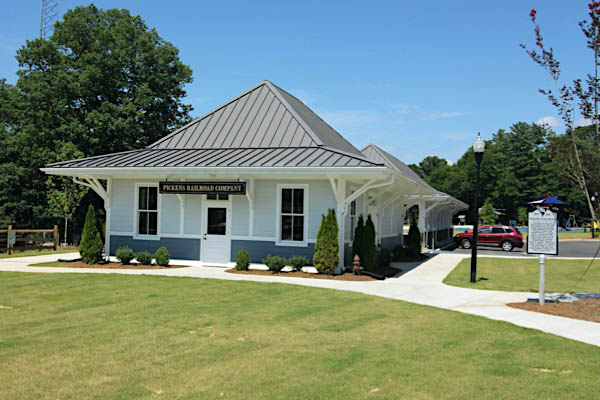
Pickens, SC / Jun 2019 / RWH
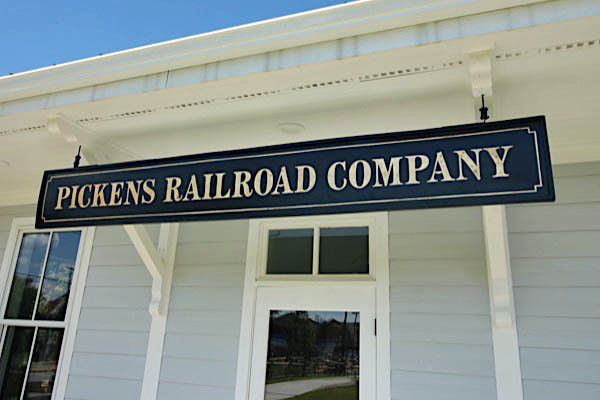
Pickens, SC / Jun 2019 / RWH
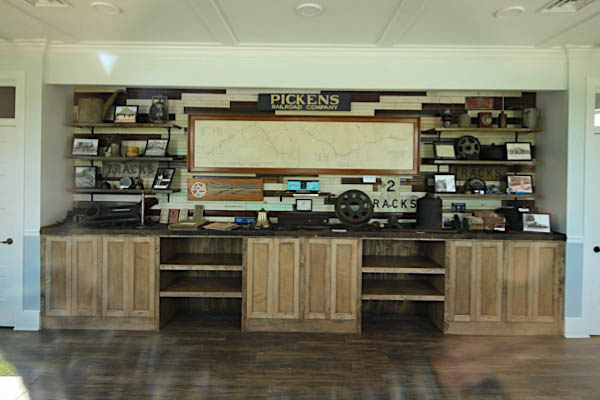
Pickens, SC / Jun 2019 / RWH
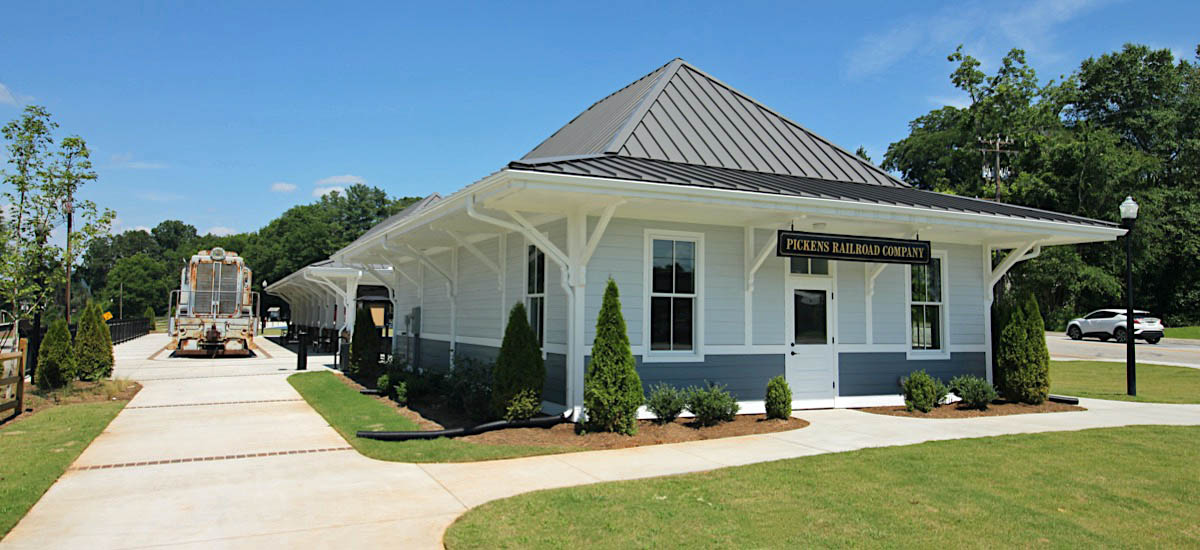
Pickens, SC / Jun 2019 / RWH
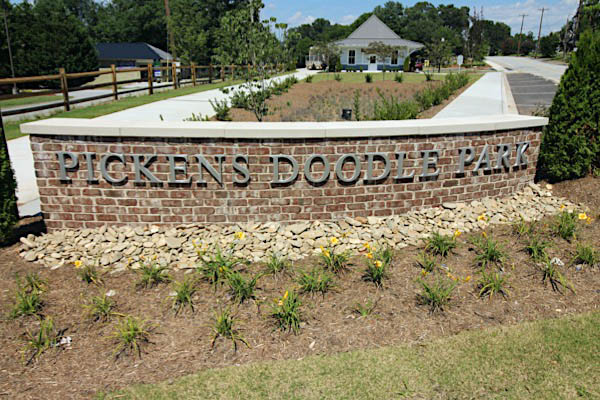
Pickens, SC / Jun 2019 / RWH

Pickens, SC / Jun 2019 / RWH

See also our Pickens to Easley Doodle Trail scrapbook in Preservation
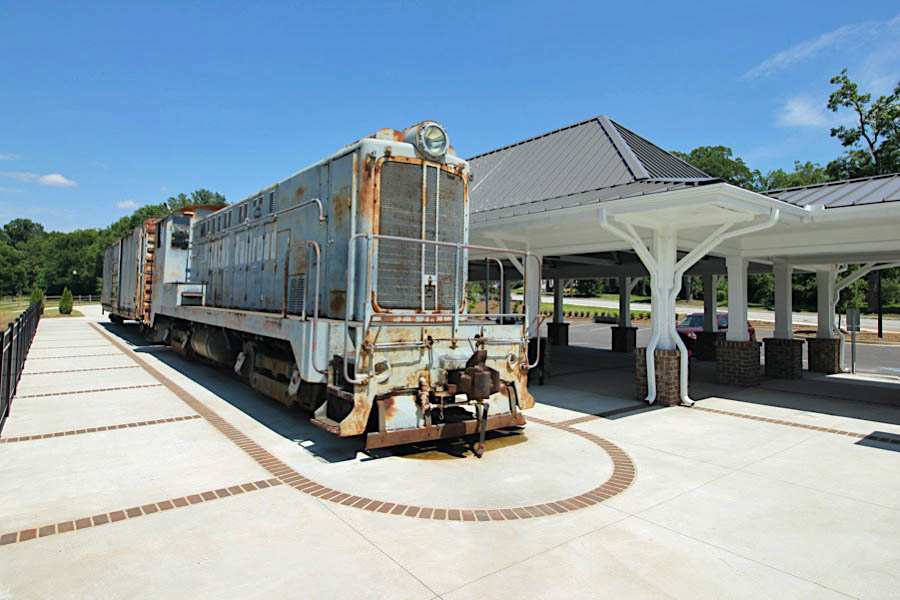
Pickens, SC / Jun 2019 / RWH
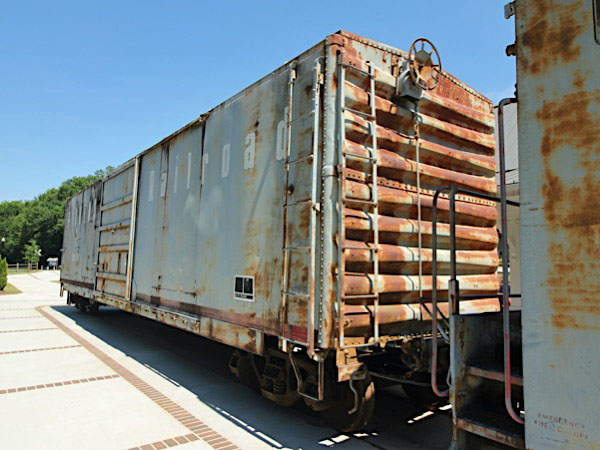
Pickens #83048
steel boxcar (1973) / Pickens, SC / Jun 2019 / RWH
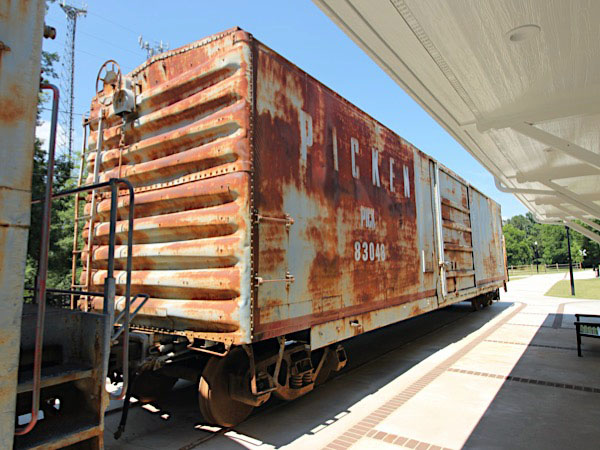
Pickens, SC / Jun 2019 / RWH
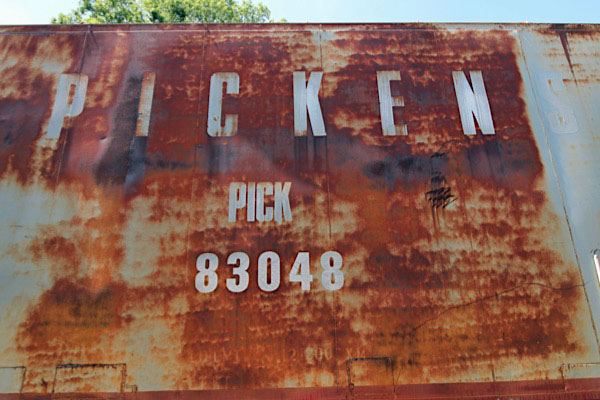

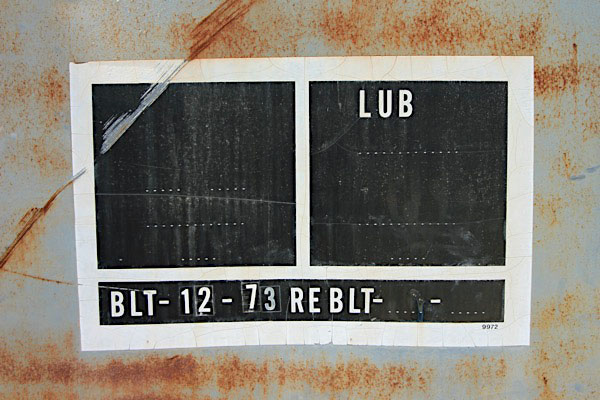

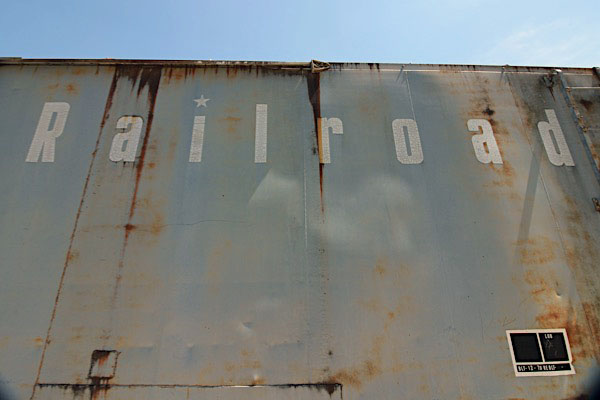
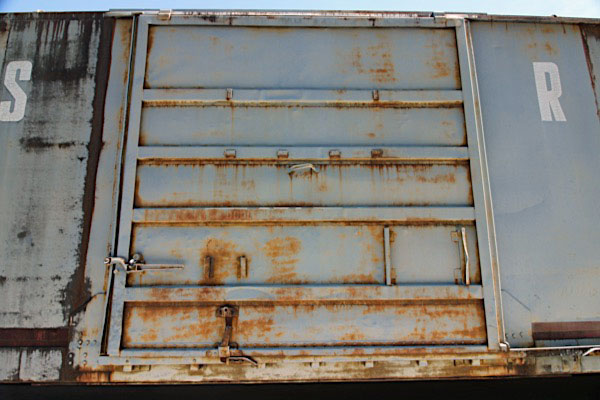
Jun 2019 / RWH
 Anderson
Anderson

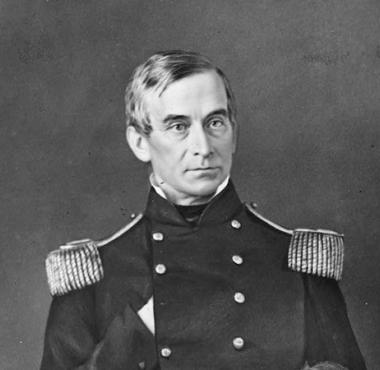 Anderson was named for General Robert Anderson, a Revolutionary War hero who was born in 1741 in August County, Va. He came to South Carolina to help his good friend, Andrew Pickens,in surveying some land that had been given to the English Colony by the Indians. The City was founded in December 1826 and incorporated by an act of Legislature, December 19, 1833. Anderson was the first city in the south to have an unlimited supply of electric power. The first cotton gin in the world to be operated by electricity was in Anderson County in 1897.
Anderson was named for General Robert Anderson, a Revolutionary War hero who was born in 1741 in August County, Va. He came to South Carolina to help his good friend, Andrew Pickens,in surveying some land that had been given to the English Colony by the Indians. The City was founded in December 1826 and incorporated by an act of Legislature, December 19, 1833. Anderson was the first city in the south to have an unlimited supply of electric power. The first cotton gin in the world to be operated by electricity was in Anderson County in 1897.
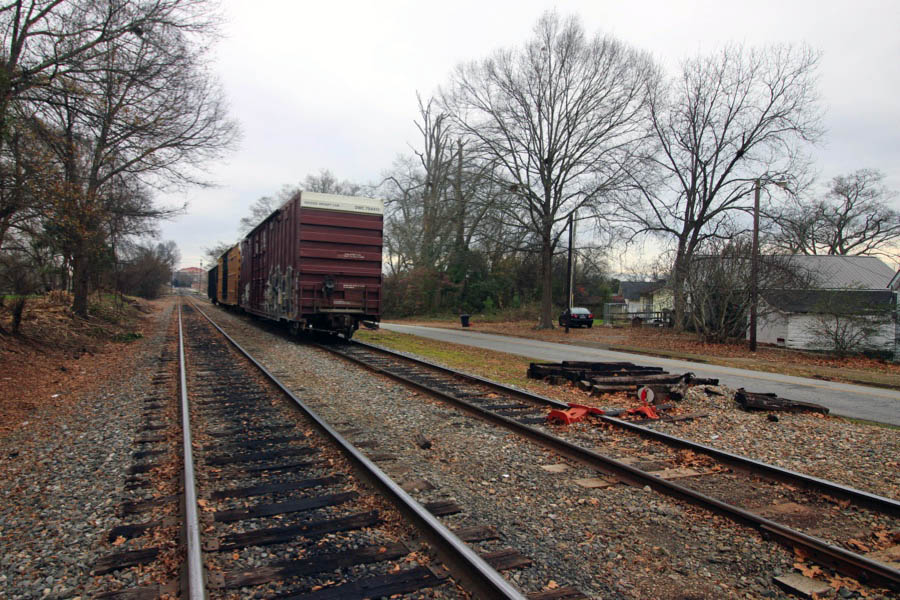
Norfolk Southern interchange
Anderson, SC / Dec 2019 / RWH

Click to see this location plotted on a Google Maps page
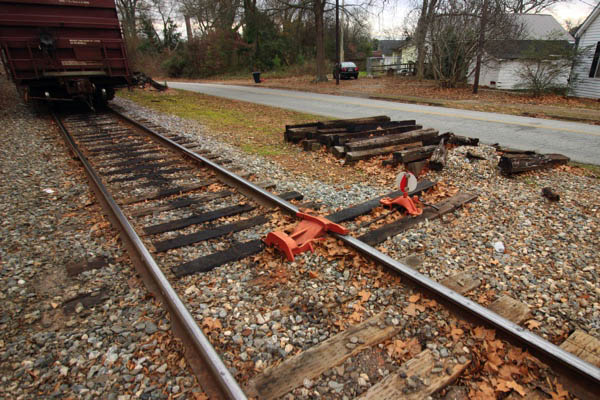
Anderson, SC / Dec 2019 / RWH
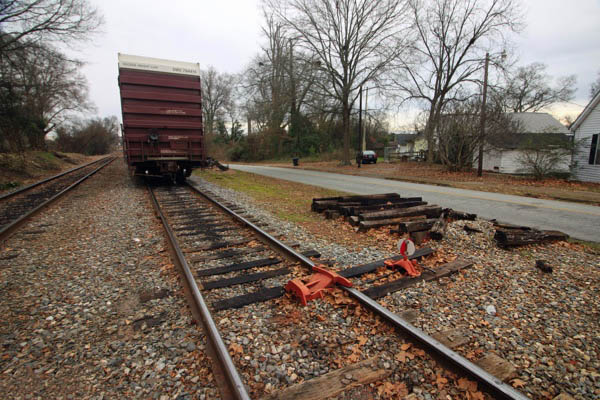
Anderson, SC / Dec 2019 / RWH
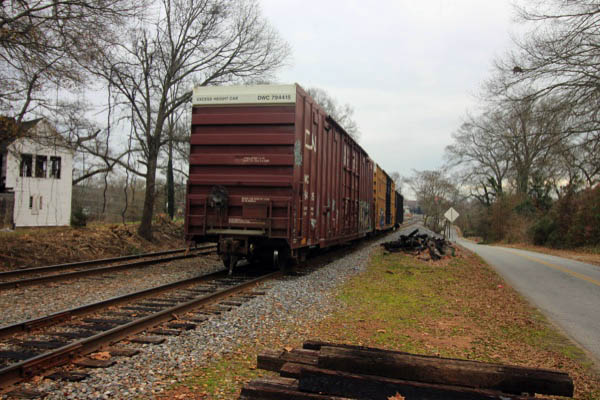
Anderson, SC / Dec 2019 / RWH
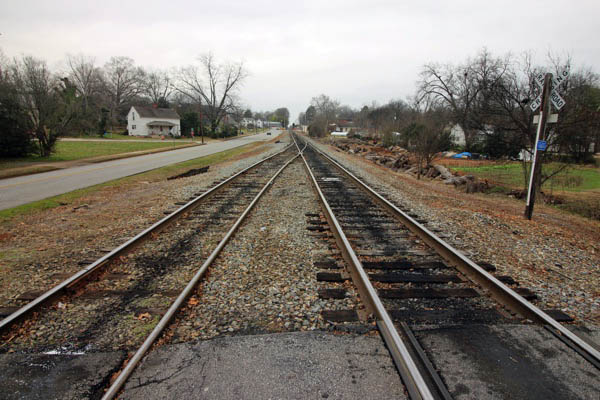
Anderson, SC / Dec 2019 / RWH
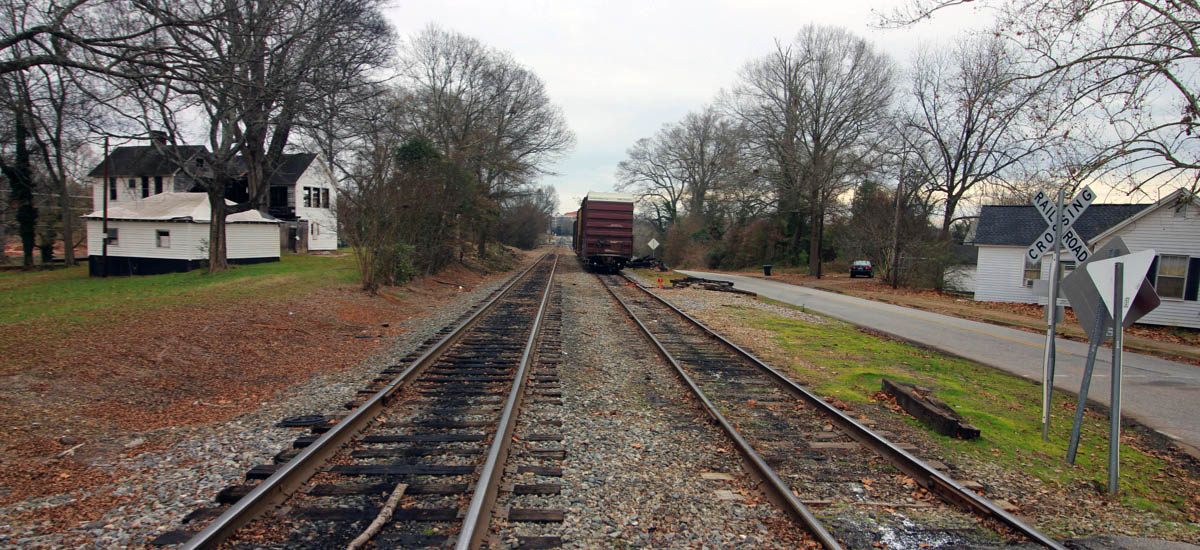
Anderson, SC / Dec 2019 / RWH
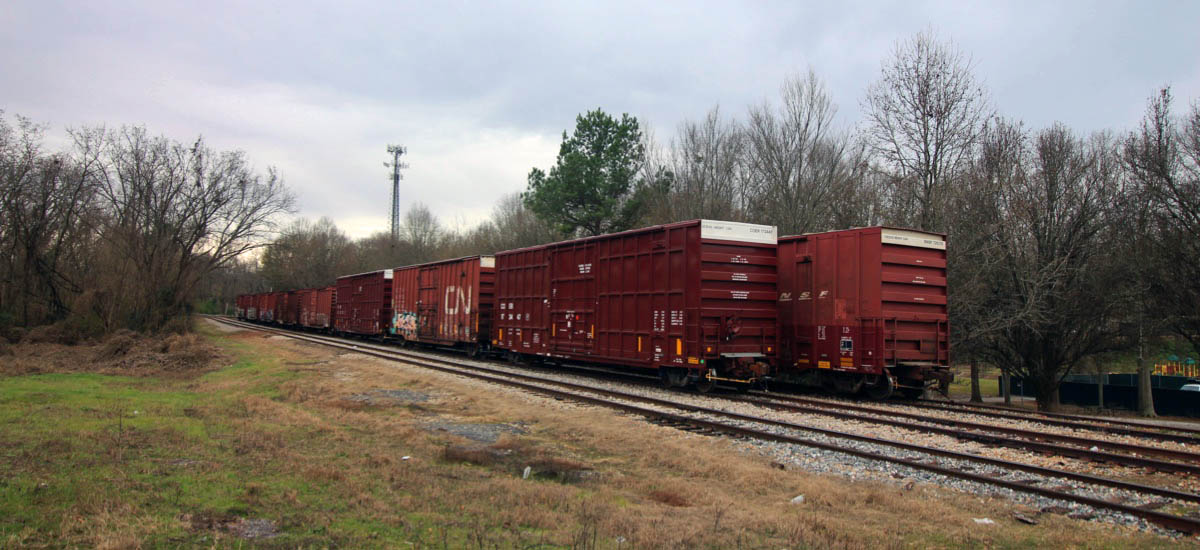
Market Street yard
Anderson, SC / Dec 2019 / RWH

Click to see this location plotted on a Google Maps page

Anderson, SC / Dec 2019 / RWH
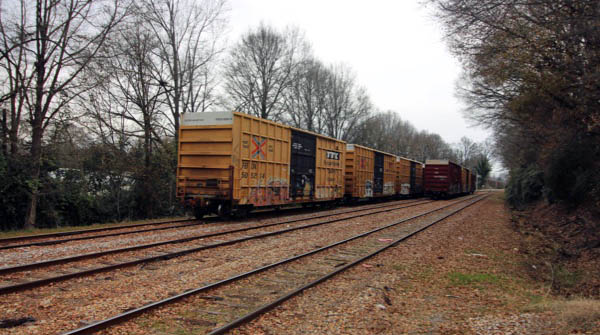
Anderson, SC / Dec 2019 / RWH
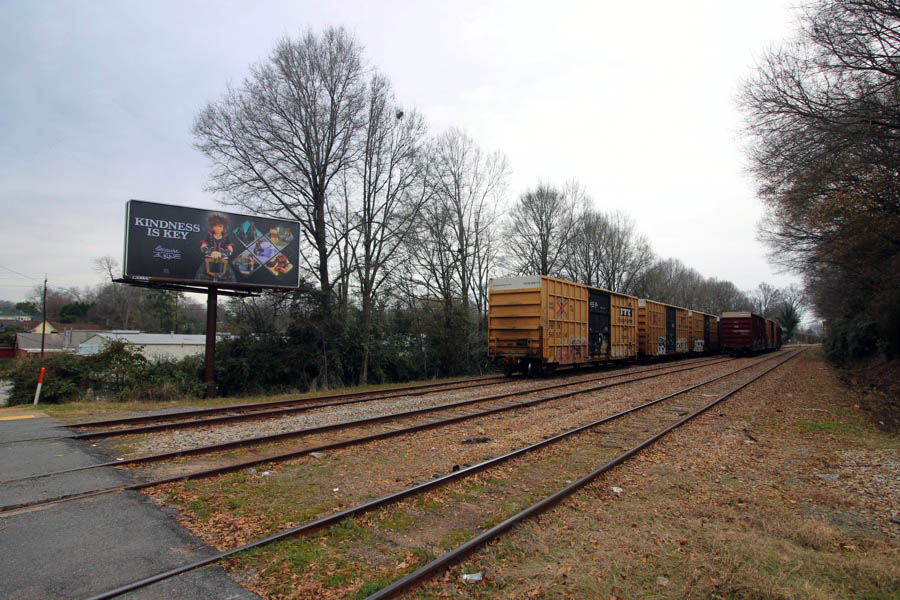
Anderson, SC / Dec 2019 / RWH
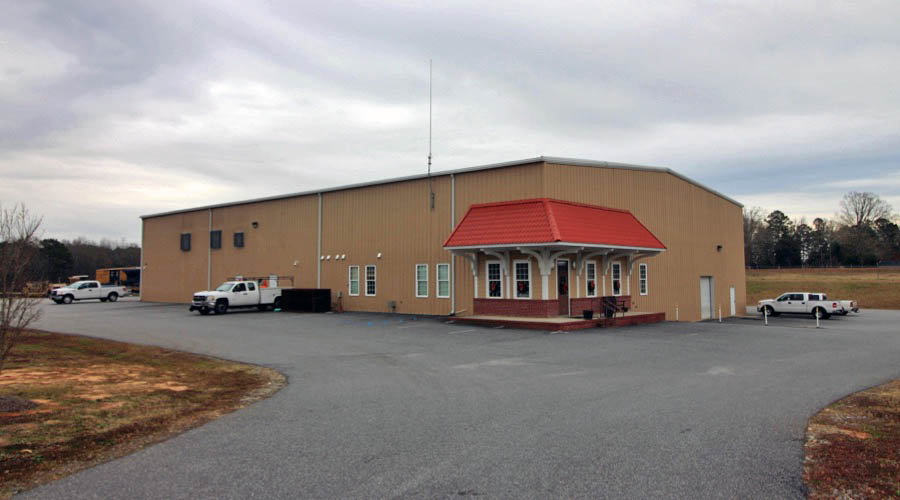
Pickens shops
Anderson, SC / Dec 2019 / RWH

Click to see this location plotted on a Google Maps page

Anderson, SC / Dec 2019 / RWH
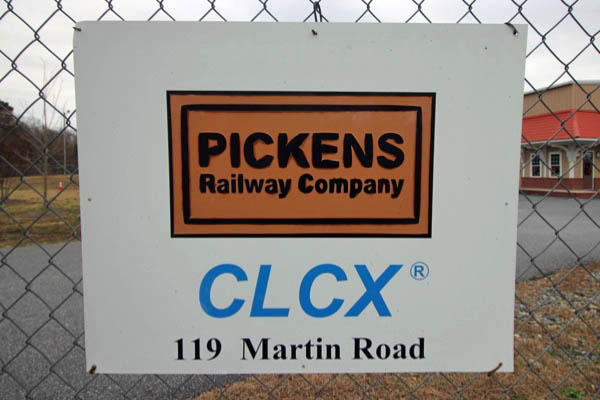
RWH
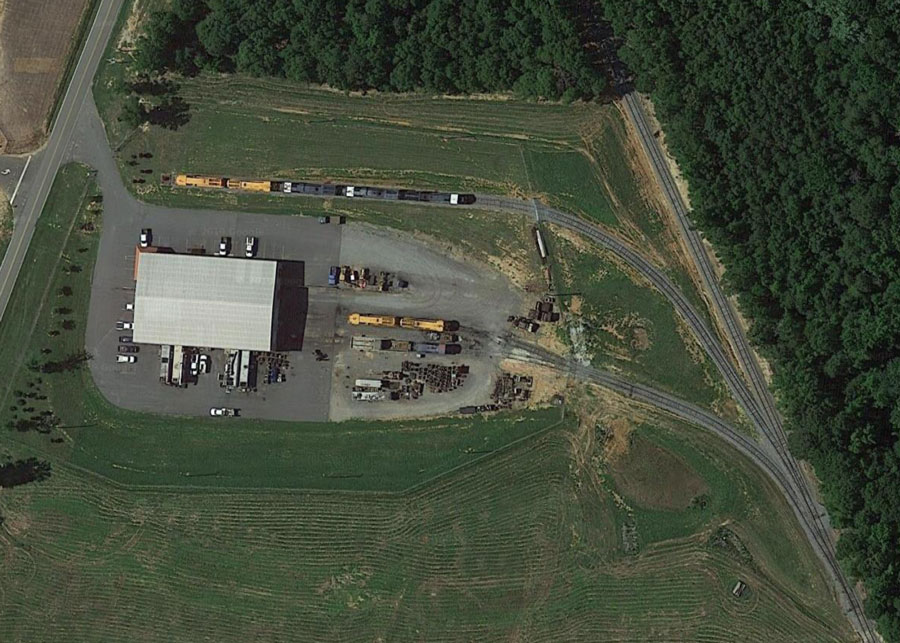
PICK shop overhead / Google Maps
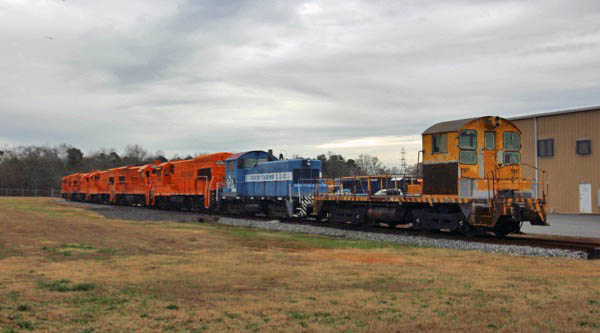
Anderson, SC / Dec 2019 / RWH
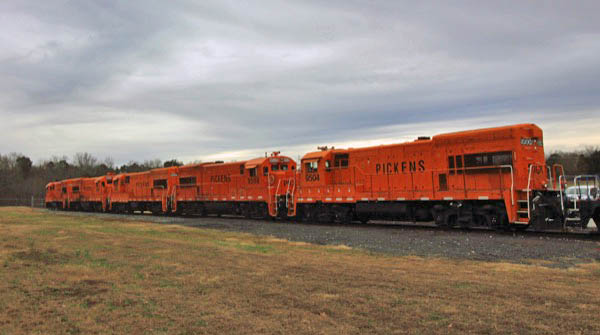
Anderson, SC / Dec 2019 / RWH
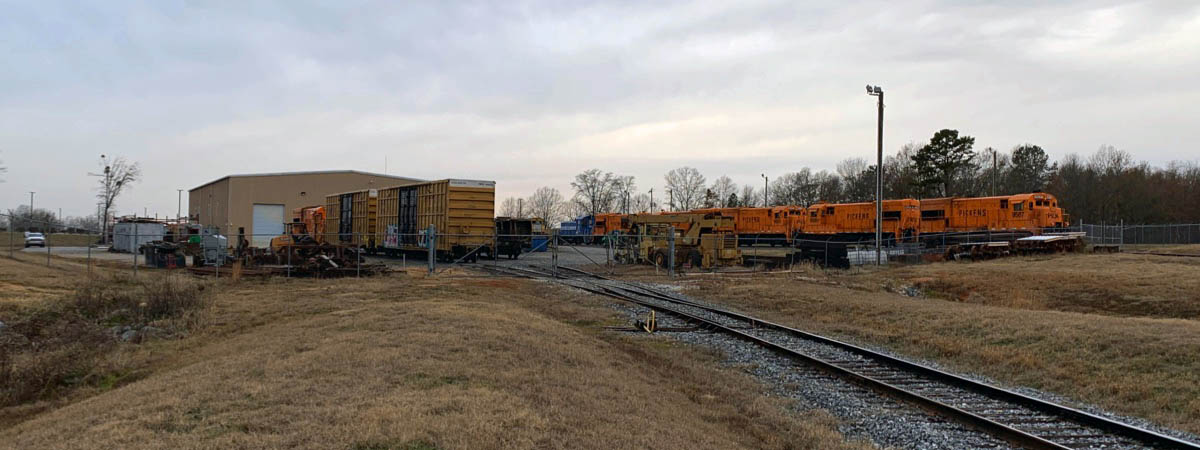
Anderson, SC / Dec 2019 / RWH

Anderson, SC / Dec 2019 / RWH
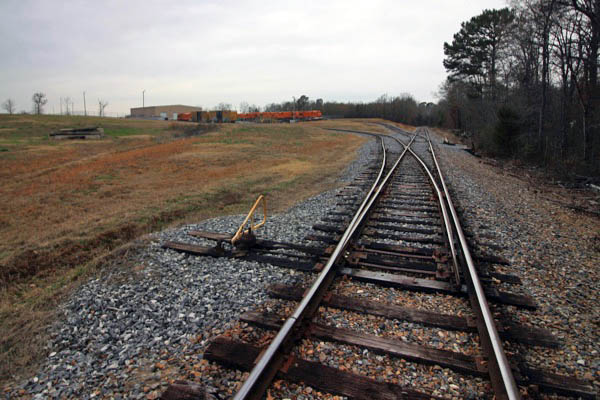
Anderson, SC / Dec 2019 / RWH
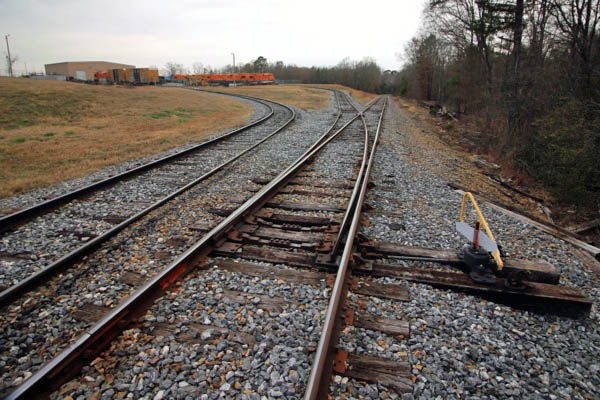
Anderson, SC / Dec 2019 / RWH
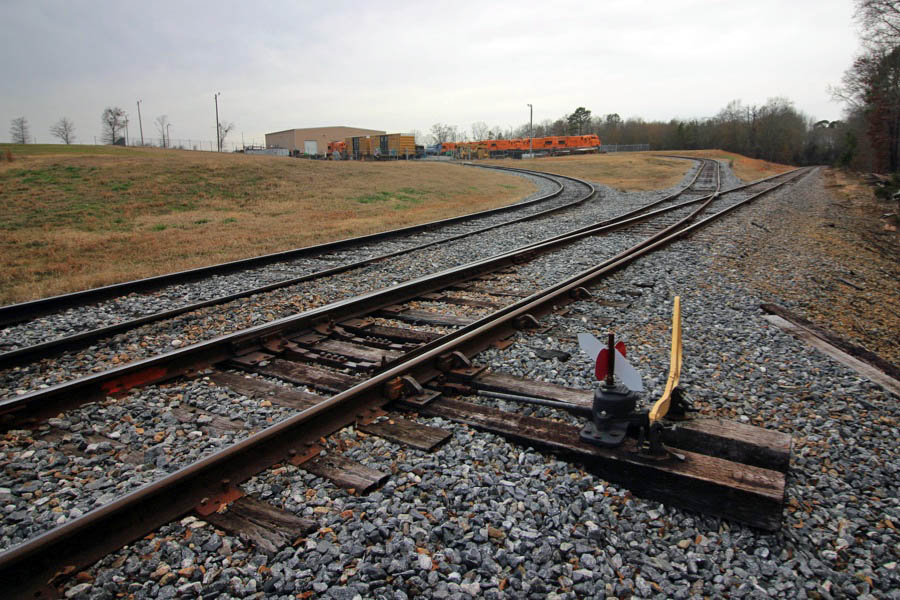
Anderson, SC / Dec 2019 / RWH
 Belton
Belton

1910 Official Guide ad / collection

 Belton was chartered in 1855 soon after the Columbia & Greenville Railroad was built. It soon became a junction point of the C & G, the Piedmont and Northern, and the Blue Ridge (Southern Railway) ... with 36 passenger trains serving the town. The city is still served today by two railroads: the Greenville & Western Railway and the Pickens Railway.
Belton was chartered in 1855 soon after the Columbia & Greenville Railroad was built. It soon became a junction point of the C & G, the Piedmont and Northern, and the Blue Ridge (Southern Railway) ... with 36 passenger trains serving the town. The city is still served today by two railroads: the Greenville & Western Railway and the Pickens Railway.
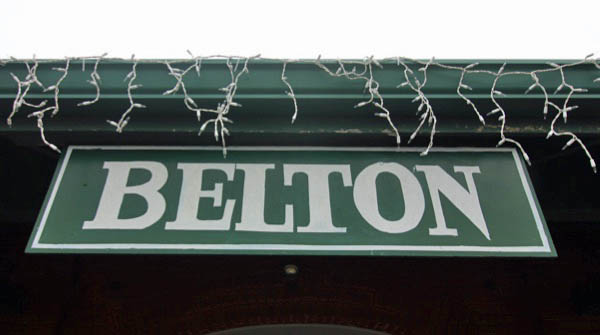
RWH
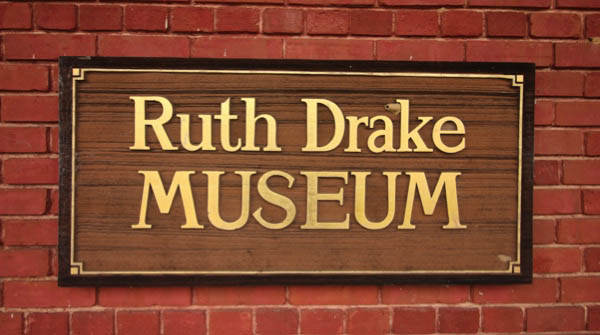
RWH
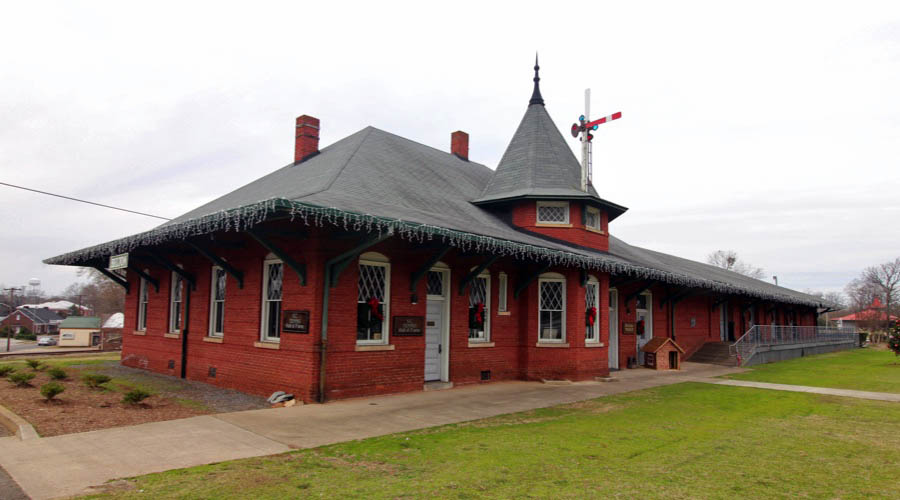
Belton, SC / Dec 2019 / RWH

Click to see the Belton depot plotted on a Google Maps page

Belton, SC / Dec 2019 / RWH
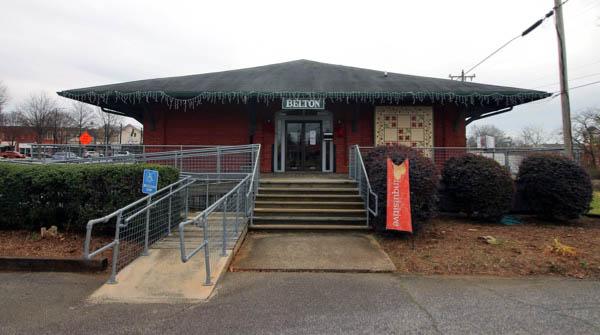
Belton, SC / Dec 2019 / RWH
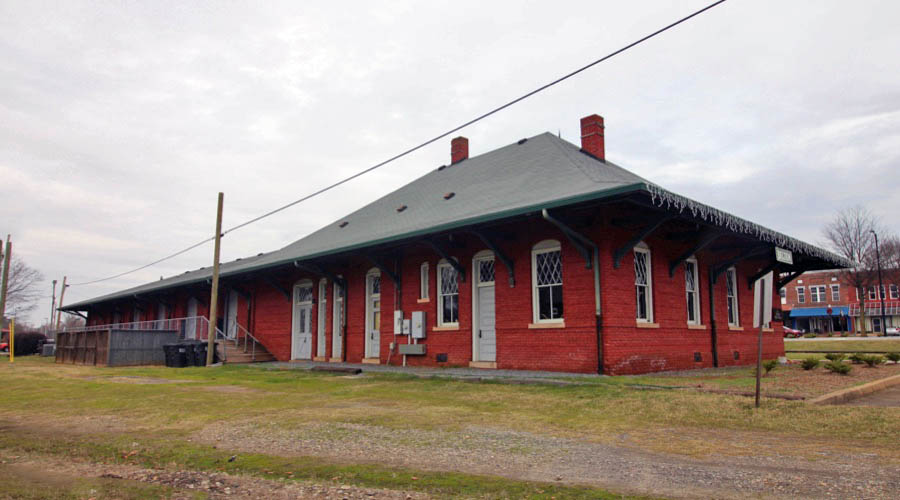
Belton, SC / Dec 2019 / RWH

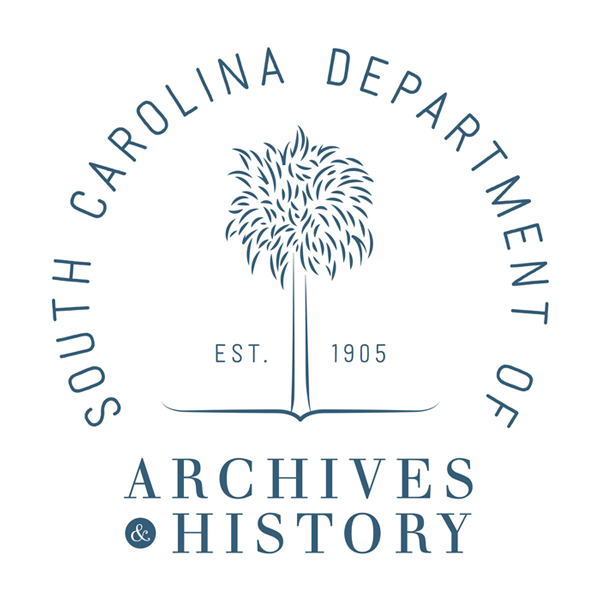 The Belton Depot is significant for its historical association with the railroad’s role in the development of Belton. It is also architecturally significant as an example of the prevailing turn of the century genre for depot design. This one-story brick depot, constructed ca. 1910, remains the focal point in downtown Belton. Situated on the west side of the Belton Public Square, the Belton Depot was built by the Southern Railway to replace earlier station facilities housed in several small buildings.
The Belton Depot is significant for its historical association with the railroad’s role in the development of Belton. It is also architecturally significant as an example of the prevailing turn of the century genre for depot design. This one-story brick depot, constructed ca. 1910, remains the focal point in downtown Belton. Situated on the west side of the Belton Public Square, the Belton Depot was built by the Southern Railway to replace earlier station facilities housed in several small buildings.
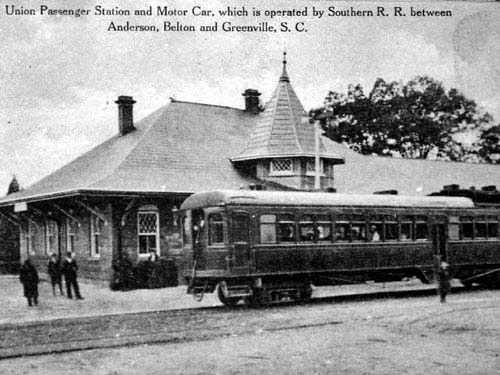 The original plans credit the design to the company’s Office of Chief Engineer in Washington; however, the specific architect remains unknown. The rectangular plan features a prominent tin shingle hip roof with flared eaves supported by massive wooden diagonal brackets. The section housing the freight area is topped by a lower profile hipped roof. Brick walls are laid in common bond with stringcourses and segmented arch window and door openings. The depot was designed for a combination of passenger, office and freight storage uses. The railroad played a principle part in the development of Belton, which was incorporated in December 1855. The land was surveyed for rail use in 1849, and in 1853, the first train passed through Belton. The present railroad depot provided facilities for the textile industries which were located in and near Belton in the early twentieth century. Listed in the National Register August 13, 1979.
The original plans credit the design to the company’s Office of Chief Engineer in Washington; however, the specific architect remains unknown. The rectangular plan features a prominent tin shingle hip roof with flared eaves supported by massive wooden diagonal brackets. The section housing the freight area is topped by a lower profile hipped roof. Brick walls are laid in common bond with stringcourses and segmented arch window and door openings. The depot was designed for a combination of passenger, office and freight storage uses. The railroad played a principle part in the development of Belton, which was incorporated in December 1855. The land was surveyed for rail use in 1849, and in 1853, the first train passed through Belton. The present railroad depot provided facilities for the textile industries which were located in and near Belton in the early twentieth century. Listed in the National Register August 13, 1979.
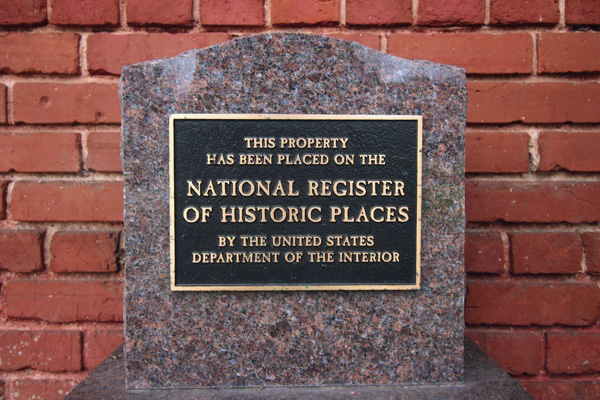
Dec 2019 / RWH
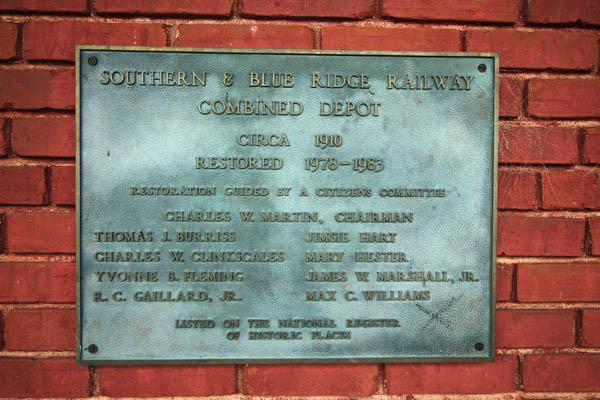
Dec 2019 / RWH
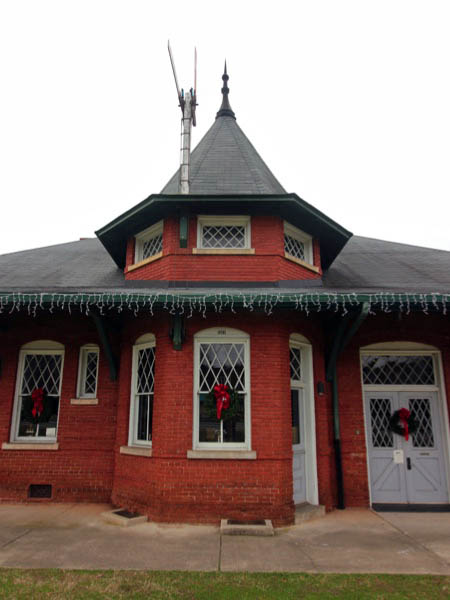
Dec 2019 / RWH
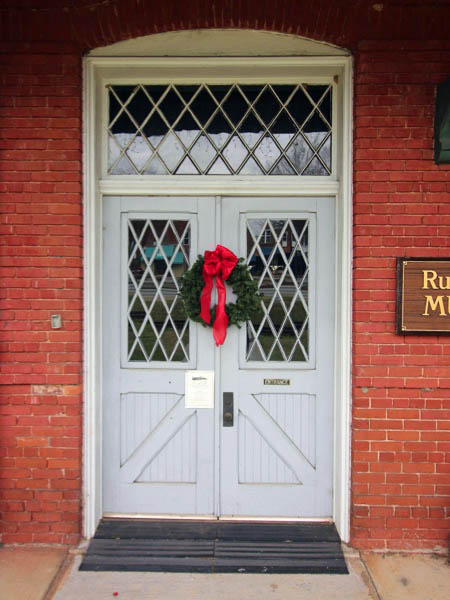
Dec 2019 / RWH

Dec 2019 / RWH

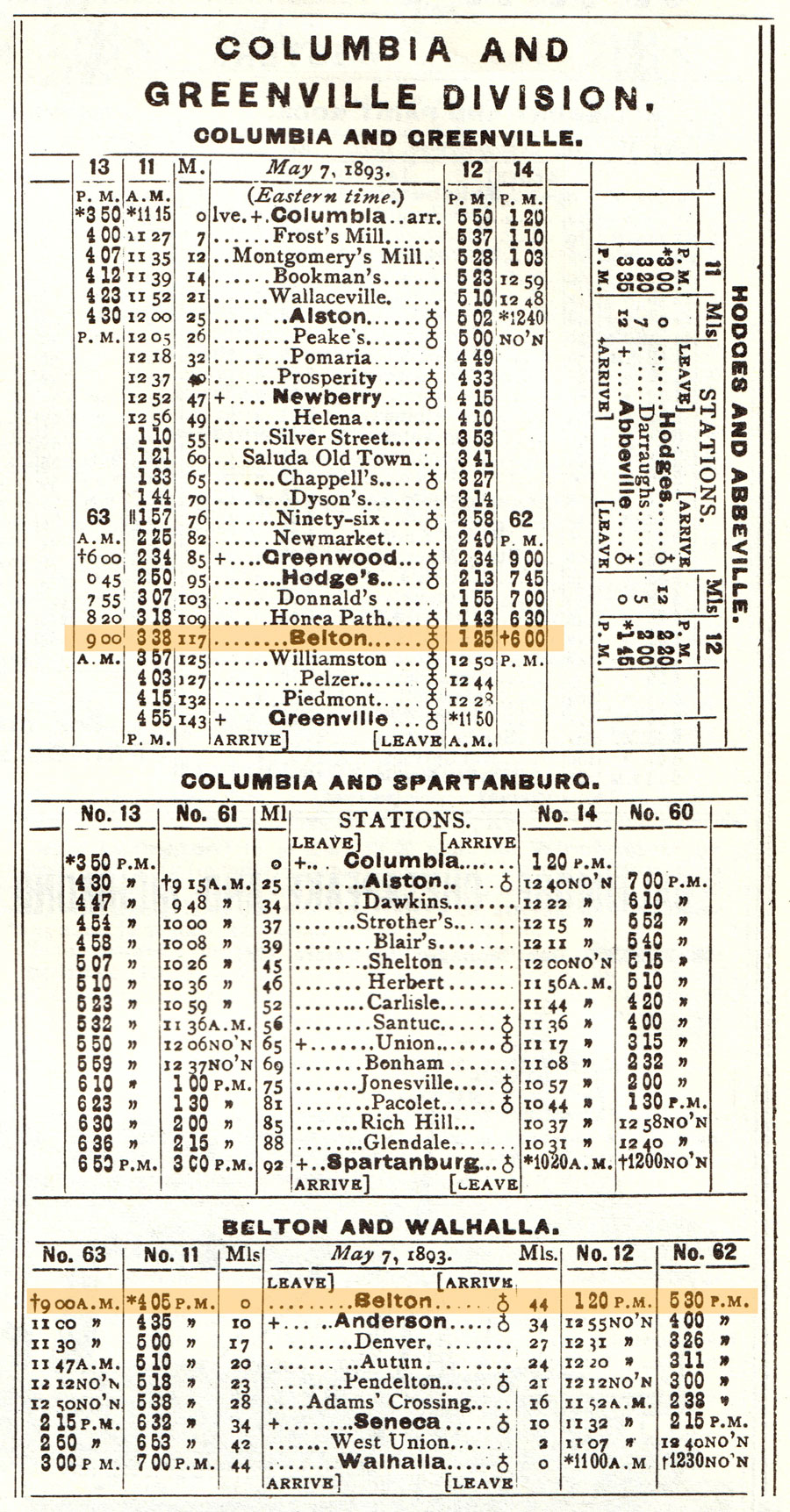
1893 Official Guide ad / collection

Dec 2019 / RWH
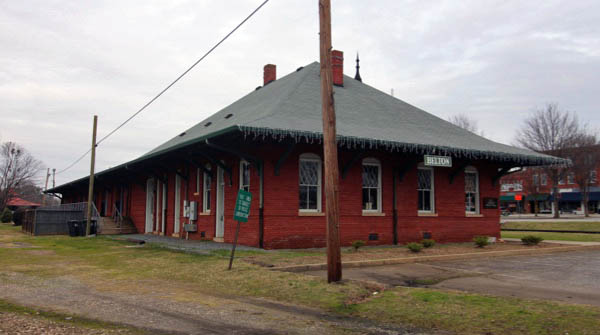
Dec 2019 / RWH

Dec 2019 / RWH
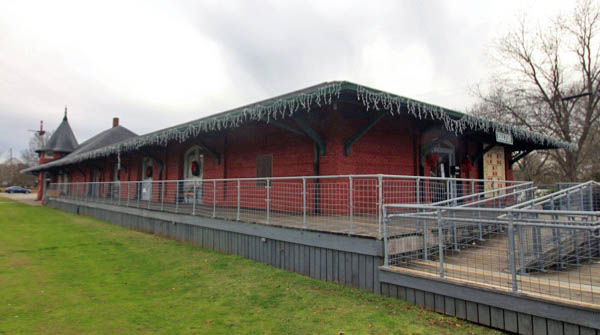
Dec 2019 / RWH
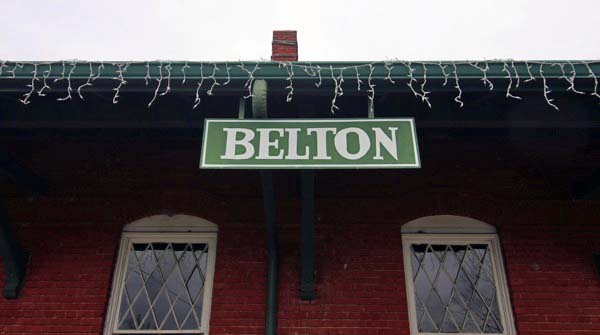
Dec 2019 / RWH
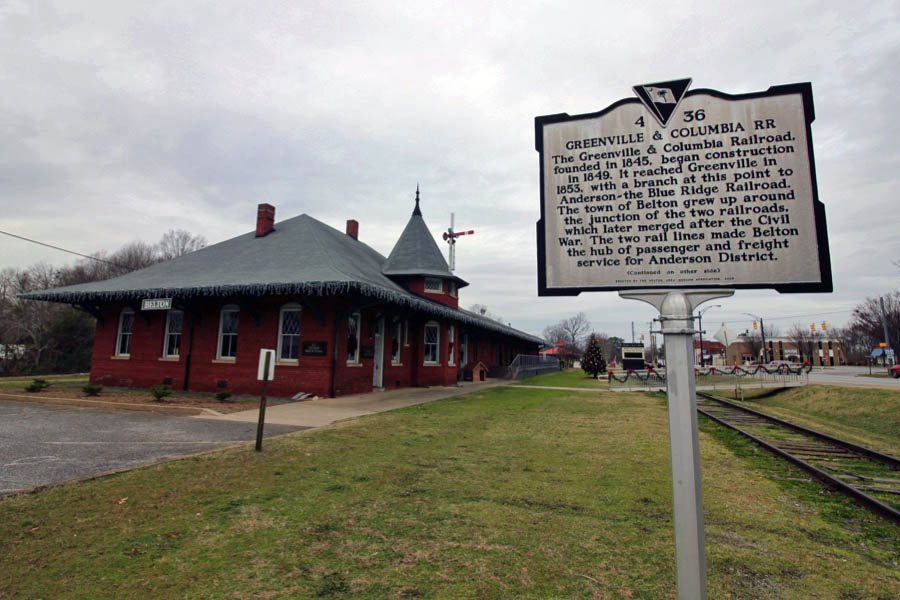
Belton, SC / Dec 2019 / RWH
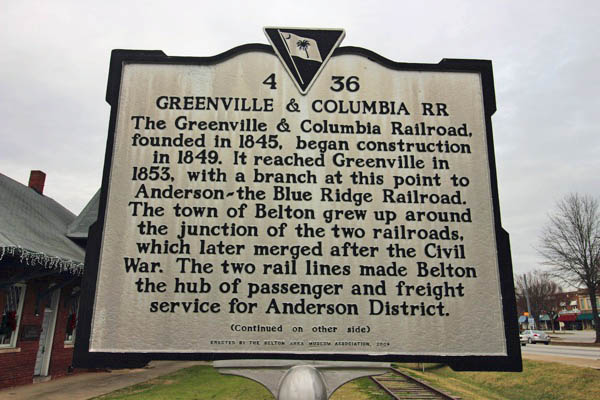
Dec 2019 / RWH
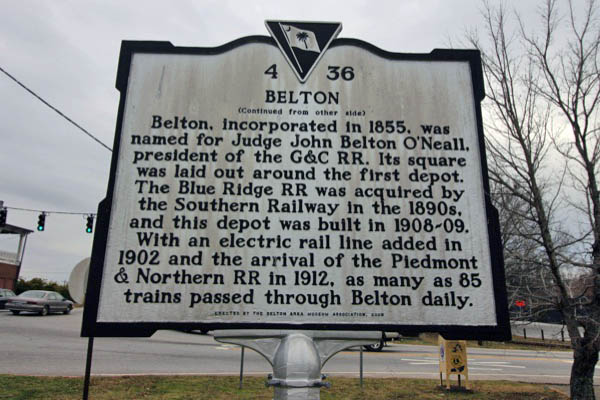
Dec 2019 / RWH

Belton, SC / Dec 2019 / RWH
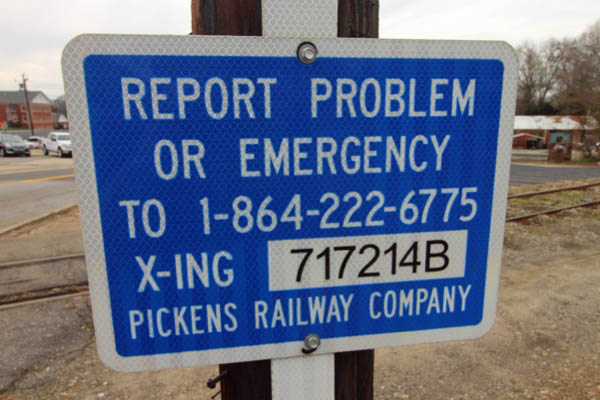
RWH
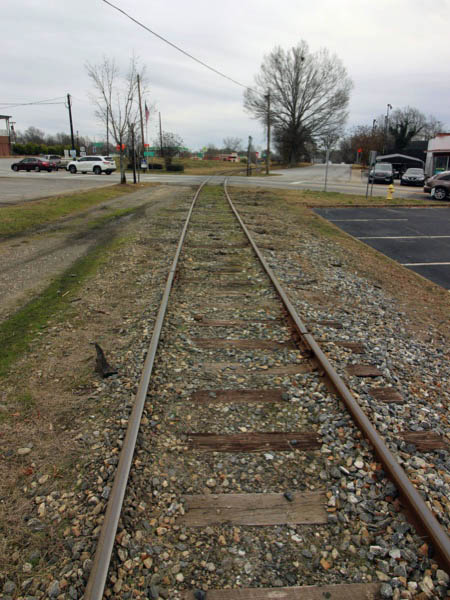
Dec 2019 / RWH
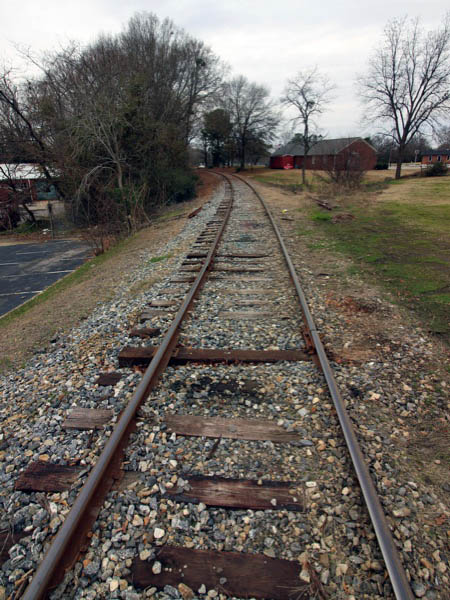
Dec 2019 / RWH
Historically, Belton, South Carolina, was the site of several railroad junctions. The Blue Ridge Railway met the Southern Railway here, before the latter eventually absorbed the former. The Southern also met the Piedmont & Northern (later Seaboard Coast Line, then CSX Transportation). Today, only one connection remains -- a relatively rare shortline-to-shortline interchange -- between the Pickens' leased line from Anderson and the southern end of neighboring shortline Greenville & Western.
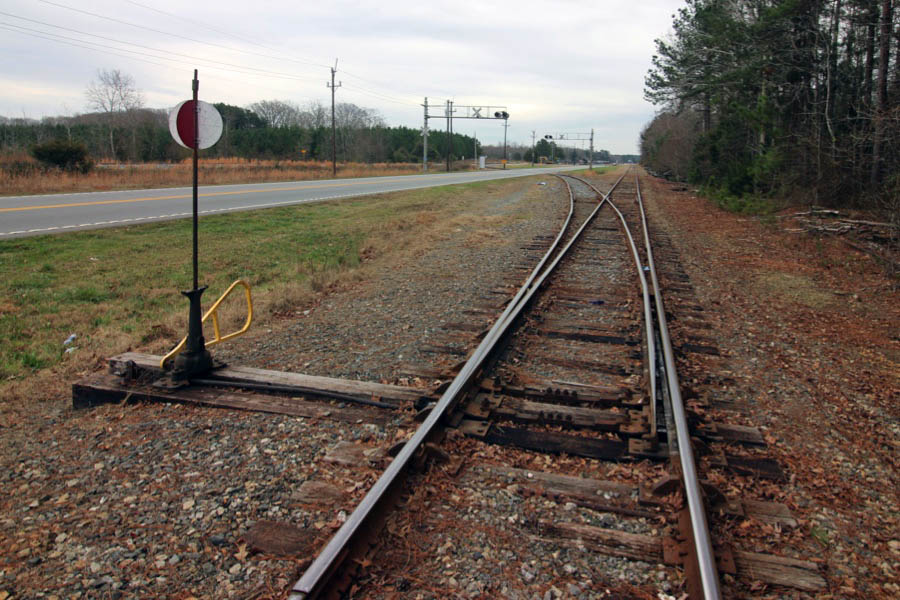
Pickens lead to interchange / Belton, SC / Dec 2019 / RWH

Click to see this railfan location plotted on a Google Maps page
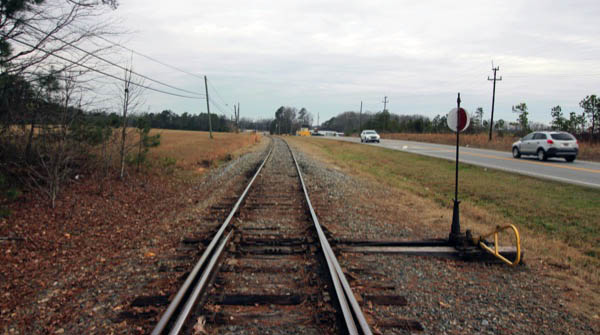
Belton, SC / Dec 2019 / RWH
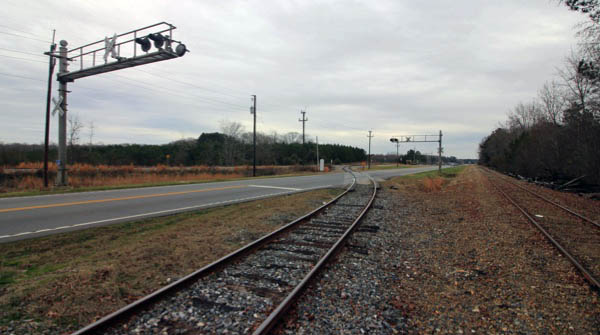
Belton, SC / Dec 2019 / RWH
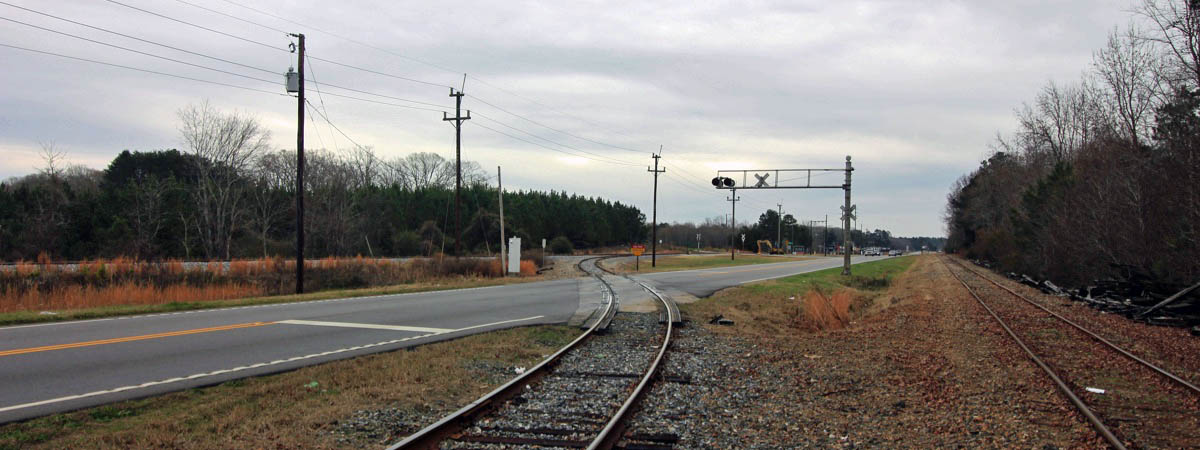
Belton, SC / Dec 2019 / RWH

Oct 2019 / RWH

Belton, SC / Oct 2019 / RWH

Belton, SC / Oct 2019 / RWH
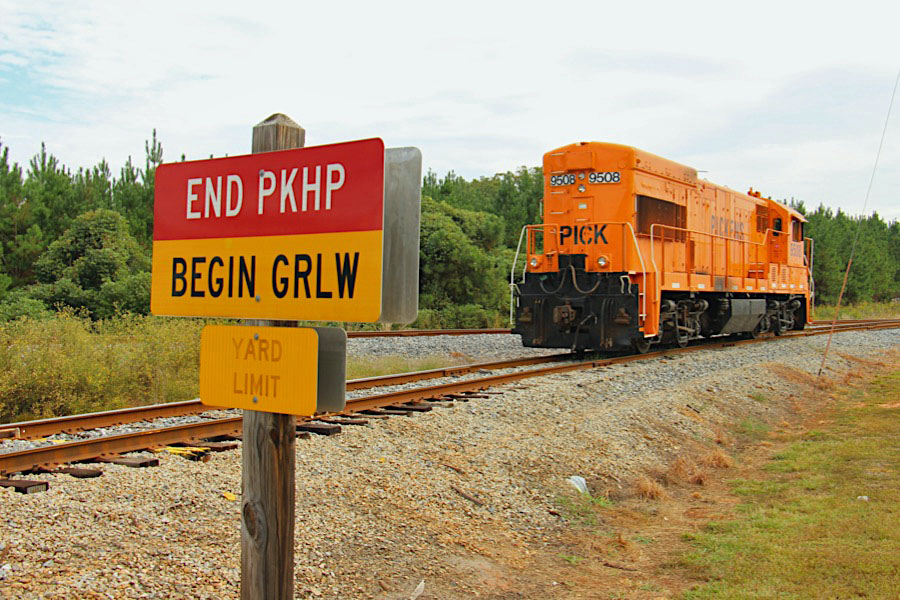
Belton, SC / Oct 2019 / RWH
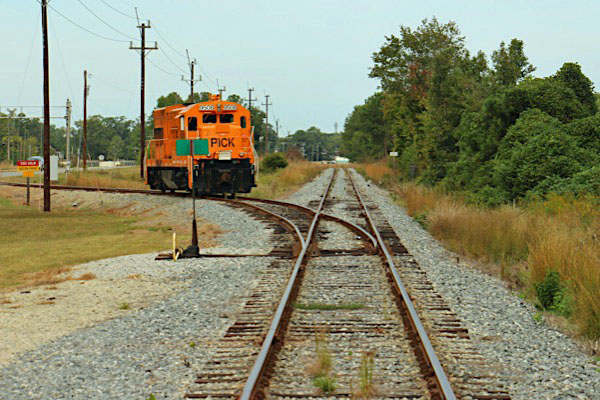
Belton, SC / Oct 2019 / RWH
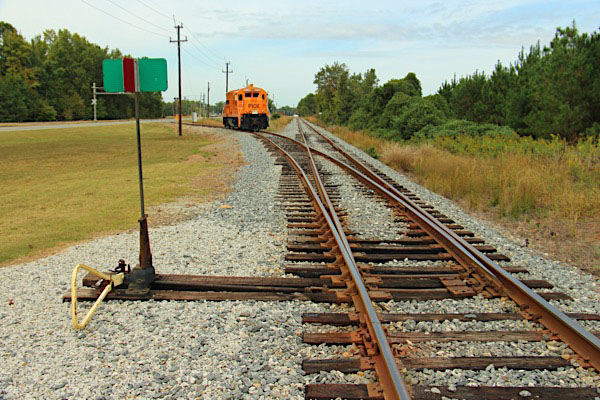
Belton, SC / Oct 2019 / RWH
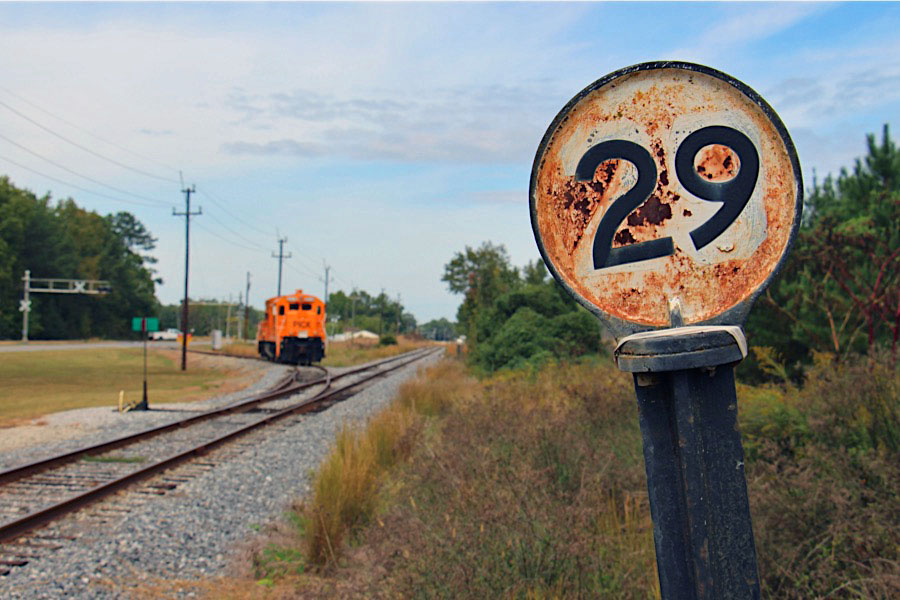
Belton, SC / Oct 2019 / RWH
Action

Belton, SC / Oct 2019 / RWH
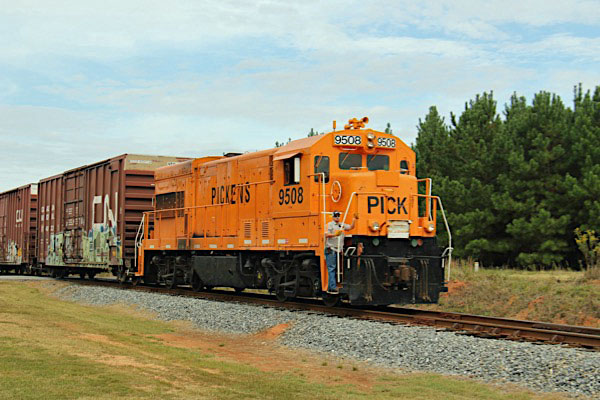
Belton, SC / Oct 2019 / RWH

Belton, SC / Oct 2019 / RWH
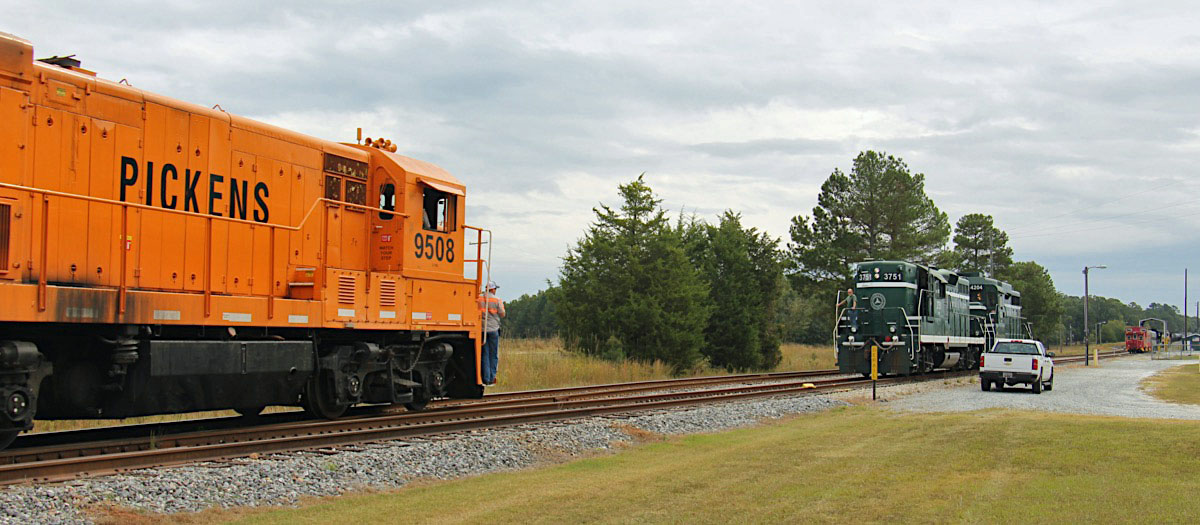
Belton, SC / Oct 2019 / RWH
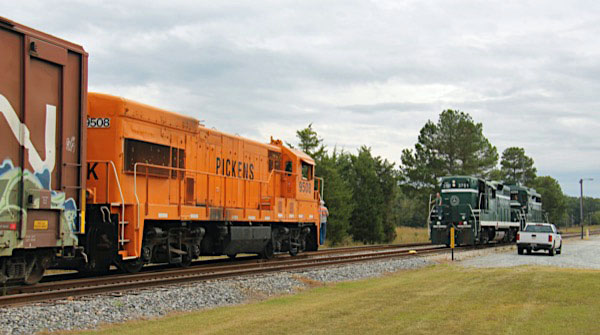
Belton, SC / Oct 2019 / RWH

Belton, SC / Oct 2019 / RWH
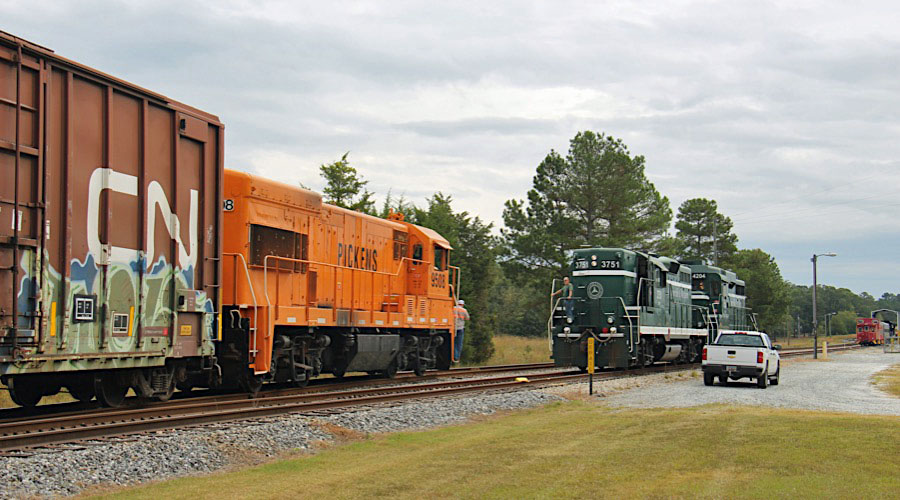
Belton, SC / Oct 2019 / RWH
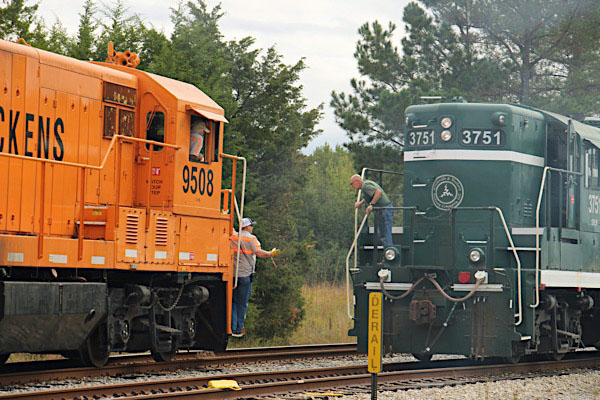
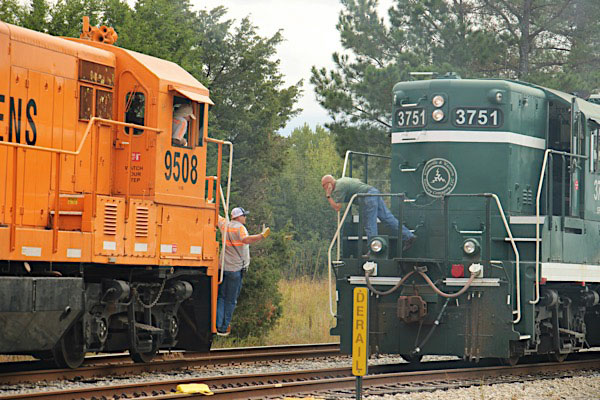

Belton, SC / Oct 2019 / RWH
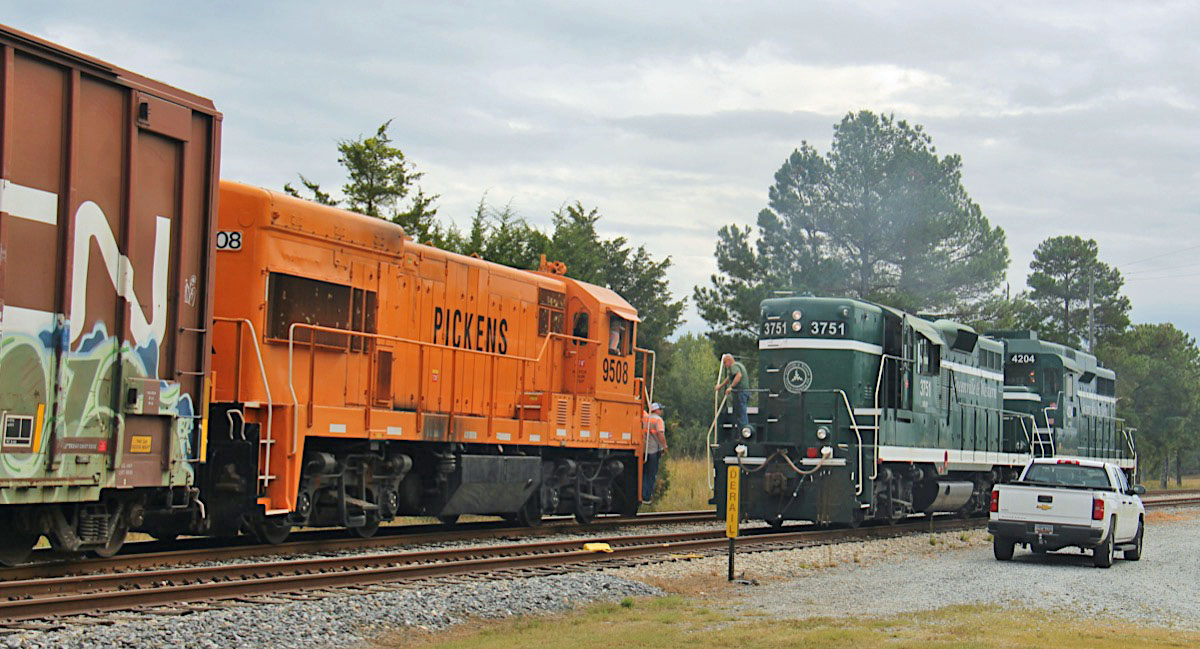
Belton, SC / Oct 2019 / RWH
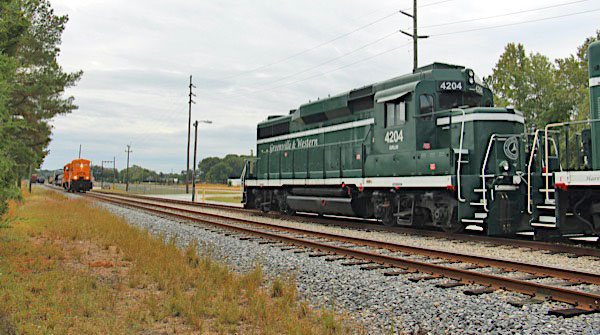
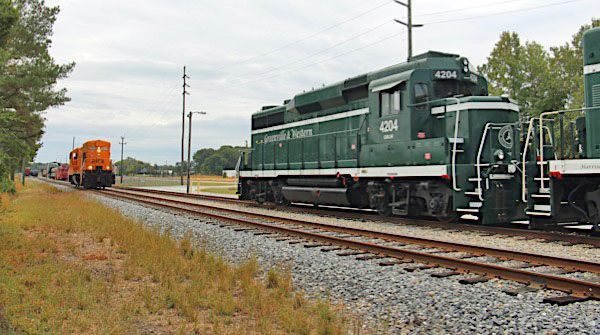
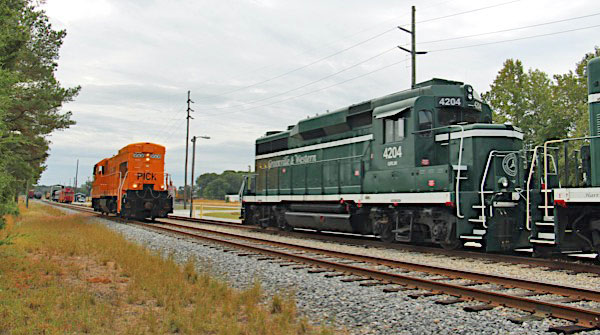
Belton, SC / Oct 2019 / RWH
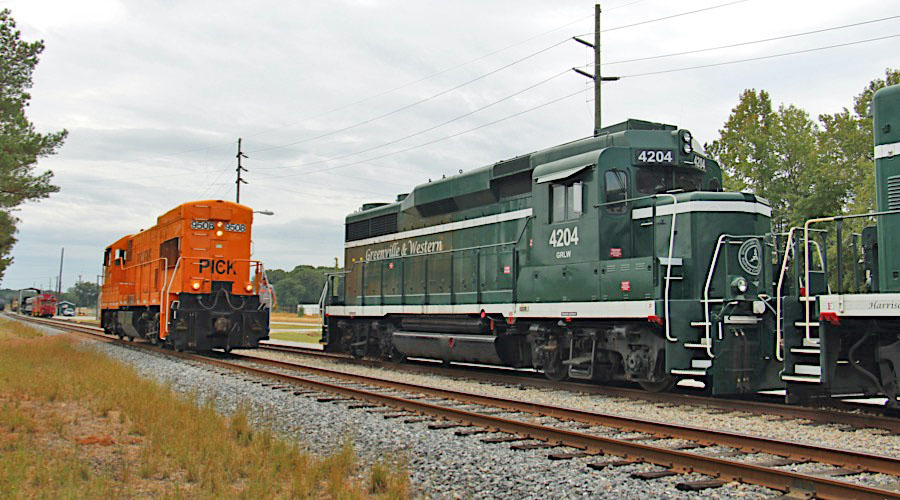
Belton, SC / Oct 2019 / RWH
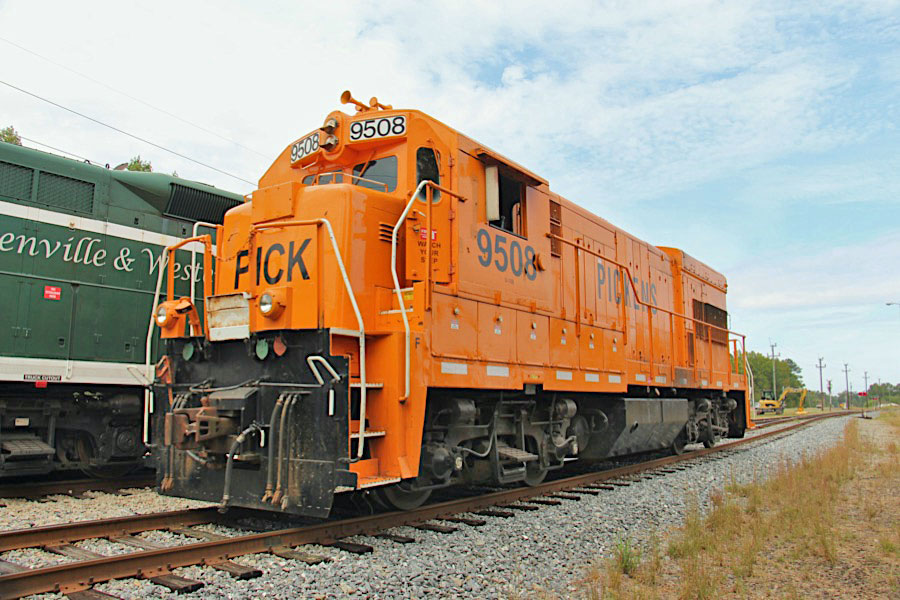
Belton, SC / Oct 2019 / RWH
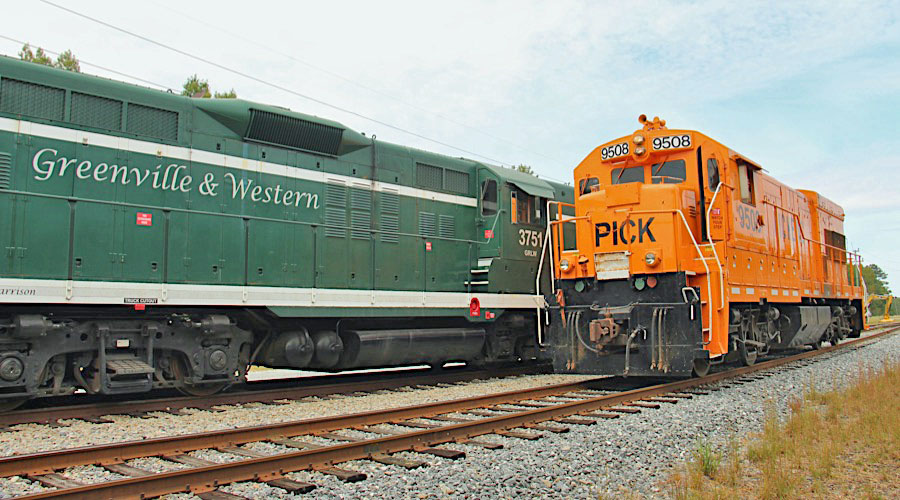
Belton, SC / Oct 2019 / RWH

See also our Greenville & Western Railway scrapbook in Shortlines
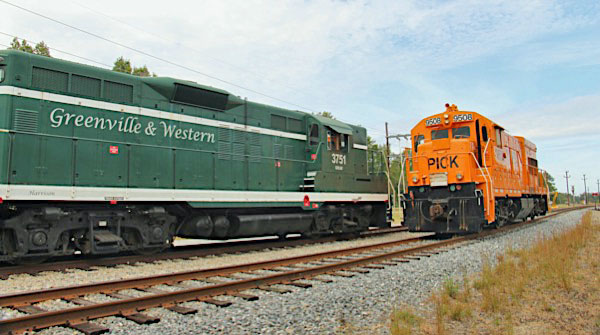


Belton, SC / Oct 2019 / RWH
 Lagniappe
Lagniappe

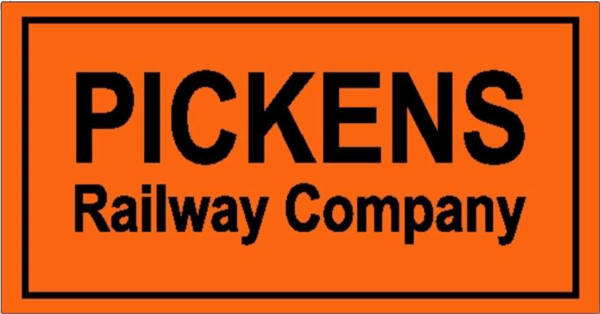 The 28.5 mile line in Anderson County (PKHP) interchanges with Norfolk Southern in Anderson and receives CSXT freight in Belton.
Pickens hauls over 4,000 railcars per year replacing over 16,000 trucks on Upstate roads. Our customers include a combined employment base of over 3,100 people. Commodities shipped and received include limestone, synthetic rubber, rubber processing oil, plastics, silica, paper, scrap paper, wood pulp, farm supplies, and electrical equipment.
The 28.5 mile line in Anderson County (PKHP) interchanges with Norfolk Southern in Anderson and receives CSXT freight in Belton.
Pickens hauls over 4,000 railcars per year replacing over 16,000 trucks on Upstate roads. Our customers include a combined employment base of over 3,100 people. Commodities shipped and received include limestone, synthetic rubber, rubber processing oil, plastics, silica, paper, scrap paper, wood pulp, farm supplies, and electrical equipment.
Pickens Railway also specializes in safety. The railroad has annually earned the "Jake With Distinction" Award for Safety--the industry-wide recognition of a no accident, no injury workplace. Pickens Railway is a member of the American Shortline Railroad Association, as well as the SC Association of Railroads.
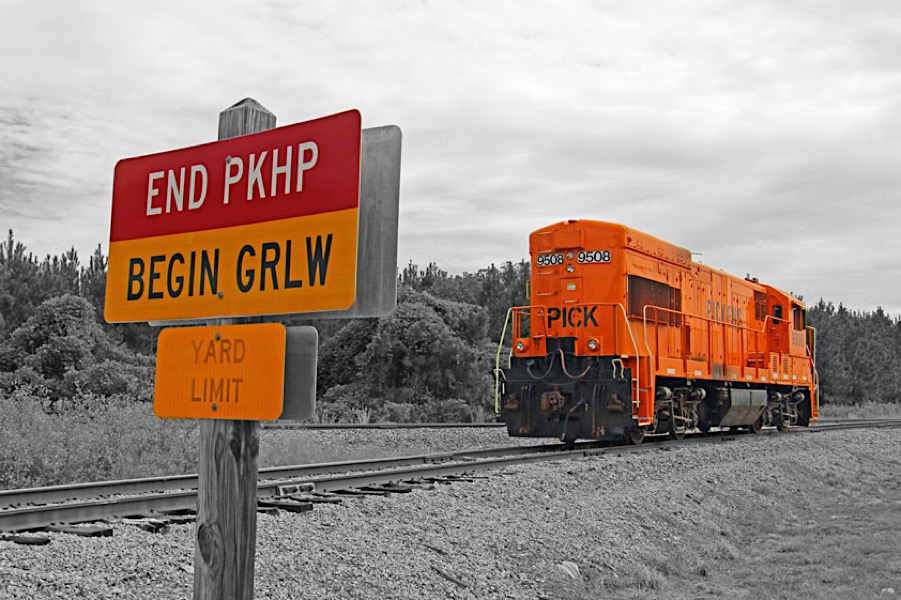
Yard Limit Saturation
Belton, SC / Oct 2019 / RWH
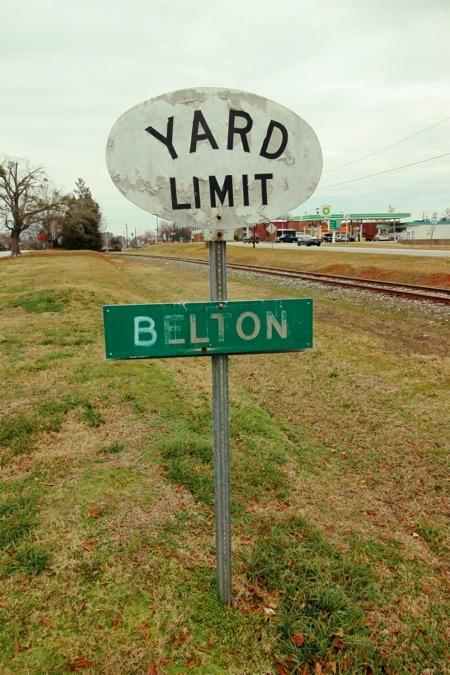
Former Limitations
Belton, SC / Dec 2019 / RWH
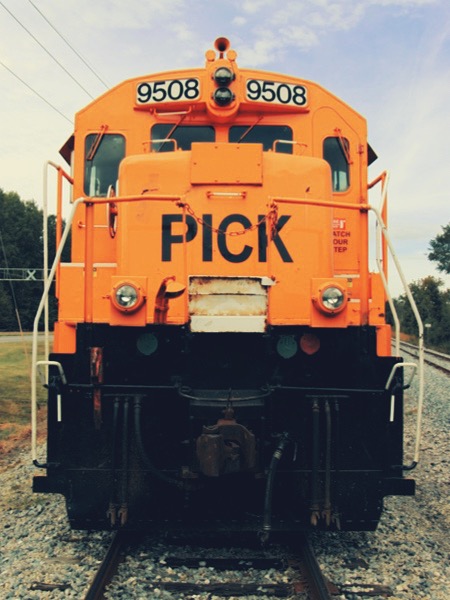
The Business End
Belton, SC / Oct 2019 / RWH
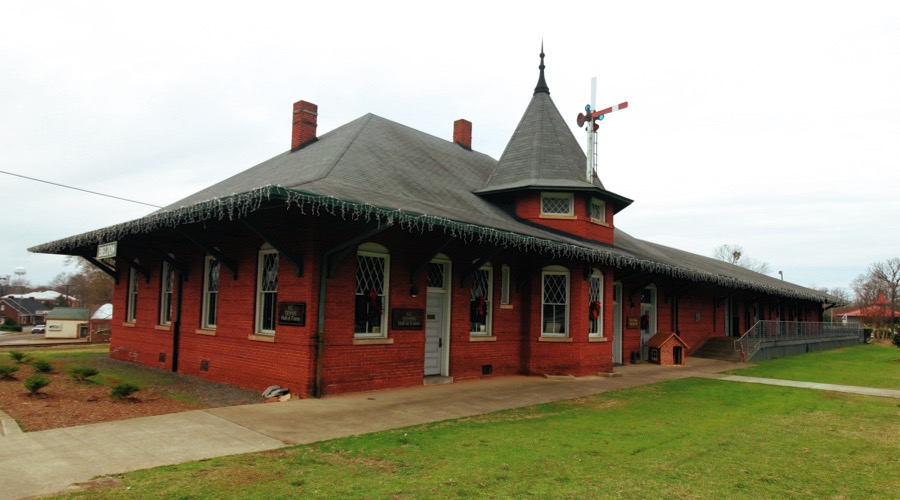
Combination Depot
Belton, SC / Oct 2019 / RWH
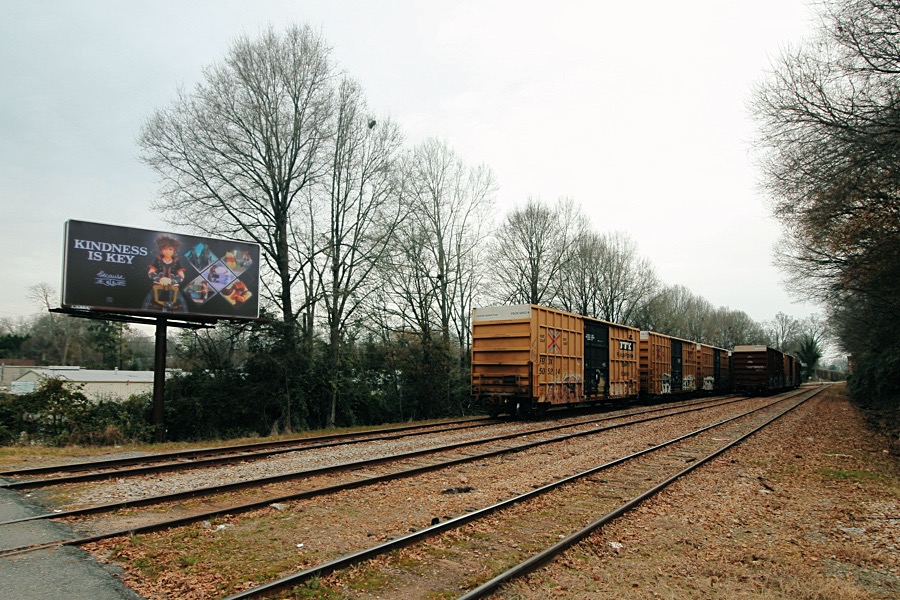
Kindness Is Key
Anderson, SC / Dec 2019 / RWH
Snapshots
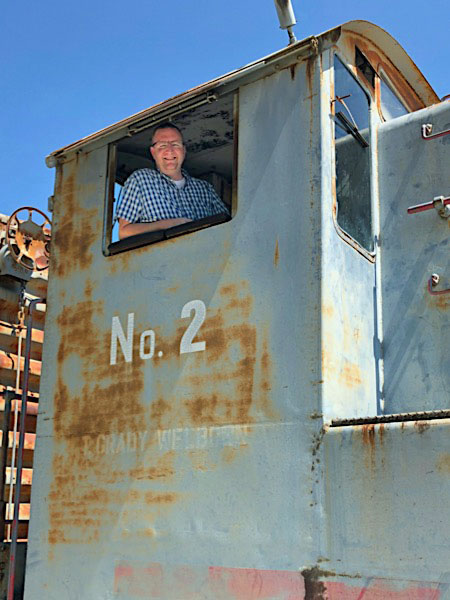
Pickens, SC / Jun 2019 / ETH

Pickens, SC / Jun 2019 / RWH

Belton, SC / Oct 2019 / RWH
Links / Sources
- Pickens Railway Company company site
- Wikipedia page for Pickens Railway
- Diesel Shop roster for Pickens
- AmericanRails.com Pickens Railway page
- Edward A. Lewis, American Shortline Railway Guide - Fifth Edition (Kalmbach, 1996) 247
- Charles W. McDonald, Diesel Locomotive Rosters (Kalmbach, 1992) 129
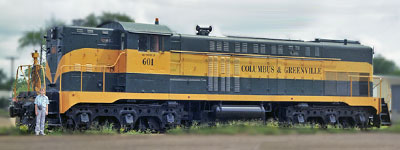
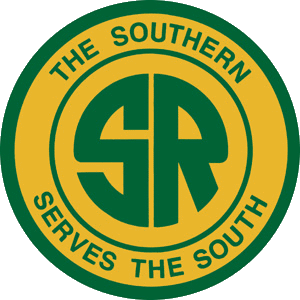

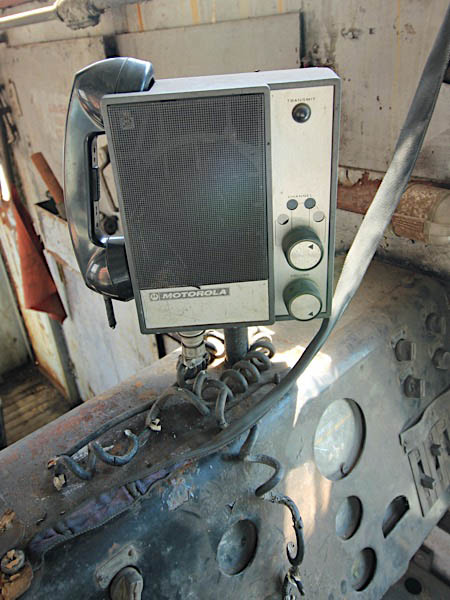
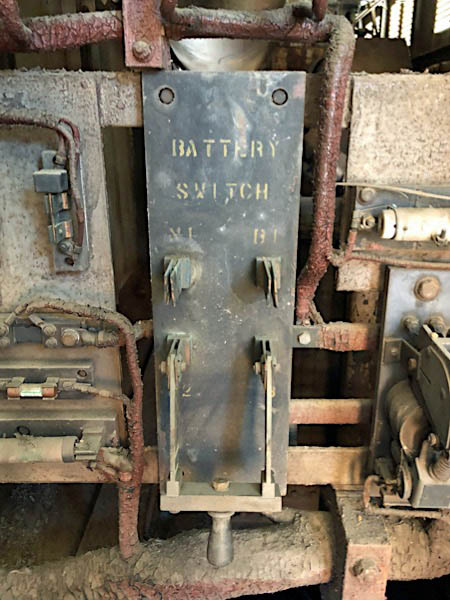

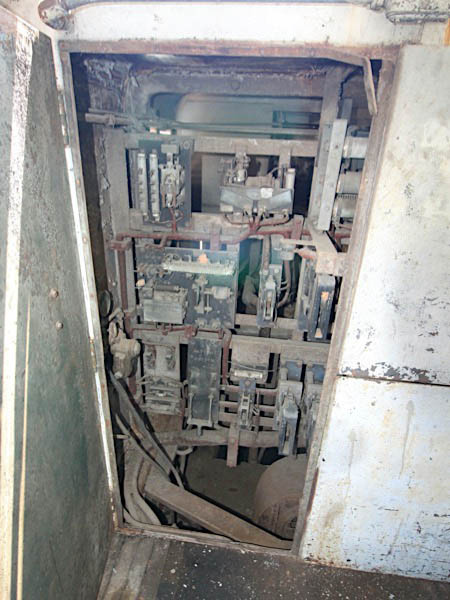
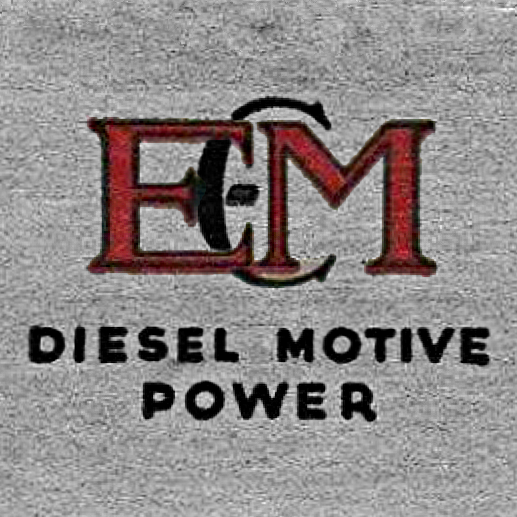 Early Electro-Motive Corporation switchers were built with Winton 201-A engines. A total of 175 were built between February 1935 and January 1939. Two main series of locomotives were built, distinguished by engine size and output: the straight-8, 600 hp (450 kW) 'S' series, and the V12, 900 hp (670 kW) 'N' series. Both were offered with either one-piece cast underframes from General Steel Castings of Granite City, Illinois, denoted by 'C' after the power identifier, and fabricated, welded underframes built by EMC themselves, denoted by 'W'. This gave four model series: SC, SW, NC and NW.
Early Electro-Motive Corporation switchers were built with Winton 201-A engines. A total of 175 were built between February 1935 and January 1939. Two main series of locomotives were built, distinguished by engine size and output: the straight-8, 600 hp (450 kW) 'S' series, and the V12, 900 hp (670 kW) 'N' series. Both were offered with either one-piece cast underframes from General Steel Castings of Granite City, Illinois, denoted by 'C' after the power identifier, and fabricated, welded underframes built by EMC themselves, denoted by 'W'. This gave four model series: SC, SW, NC and NW.
 All time Pickens Railroad diesel locomotive roster
All time Pickens Railroad diesel locomotive roster
